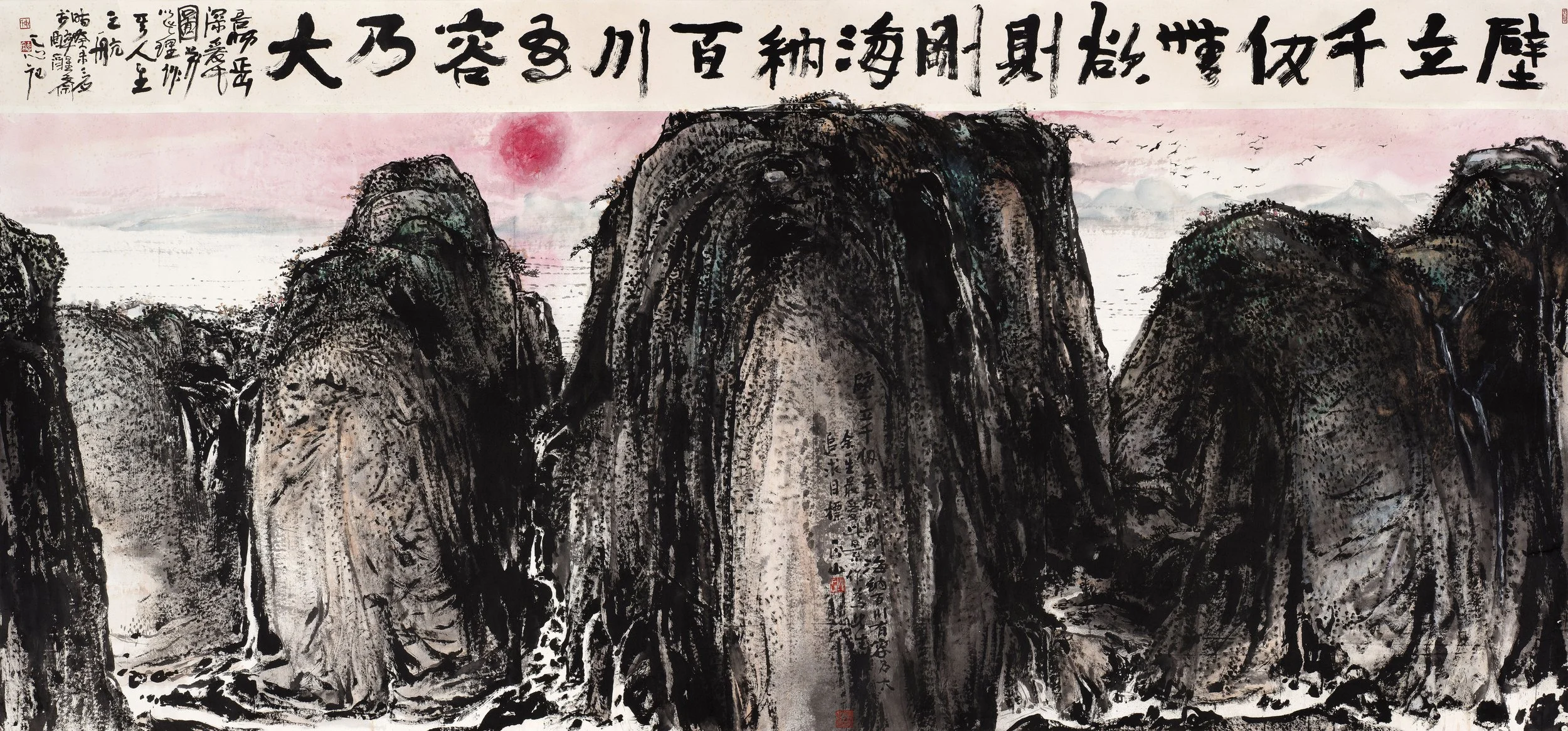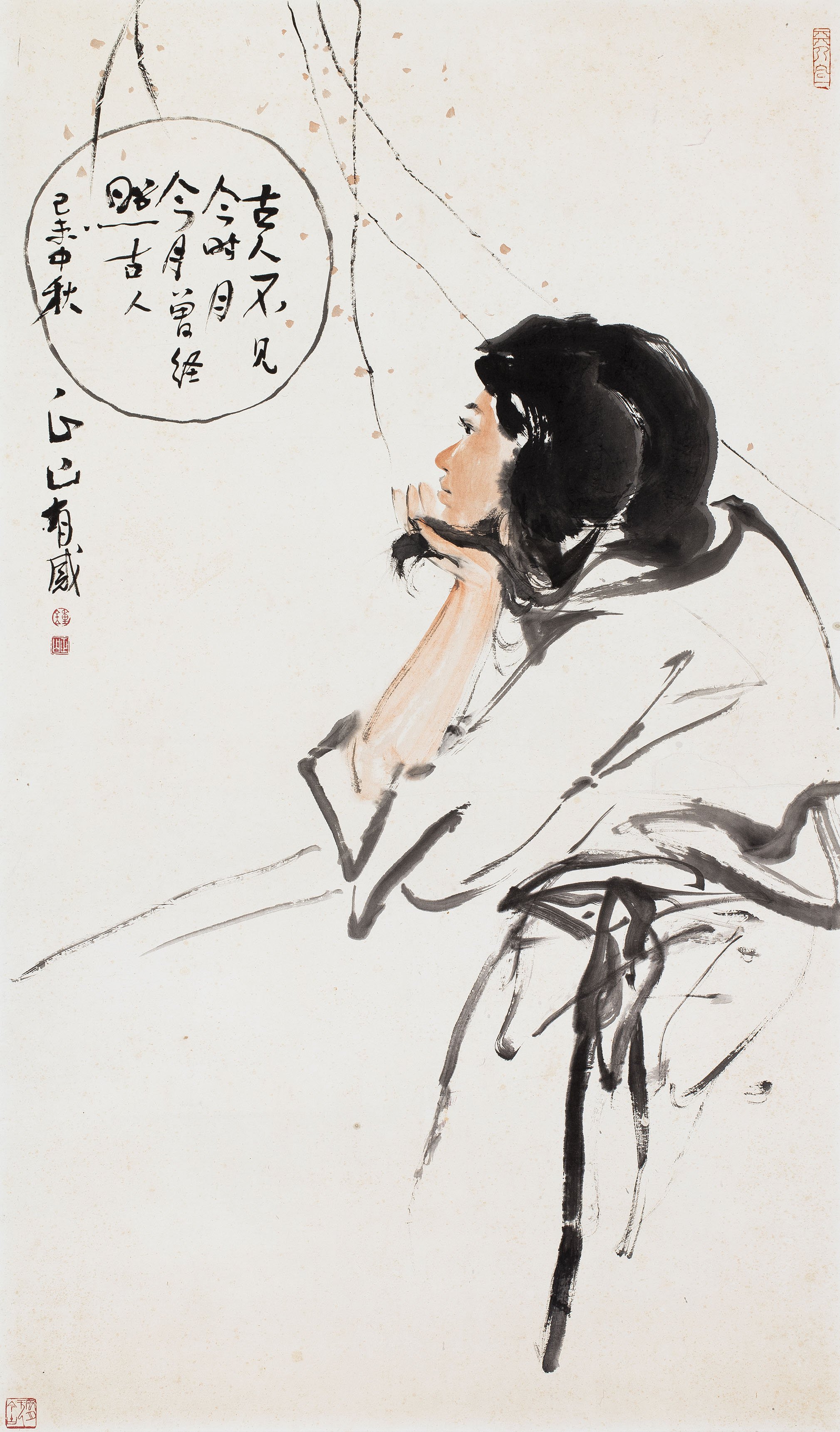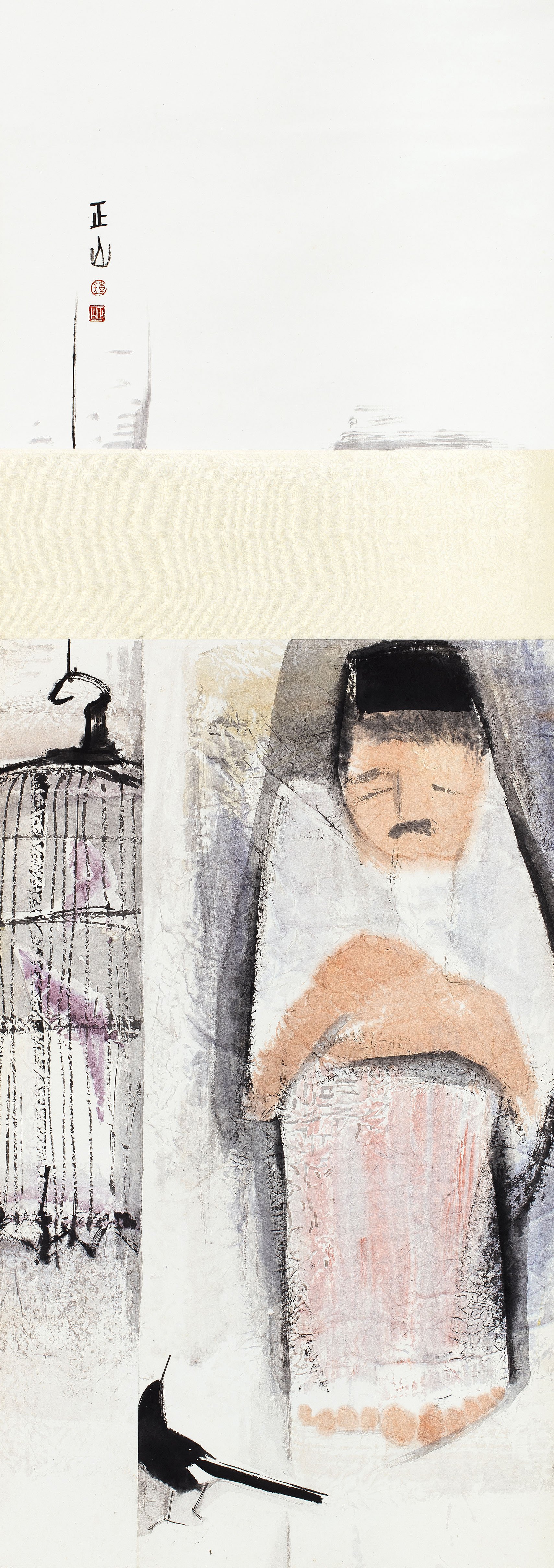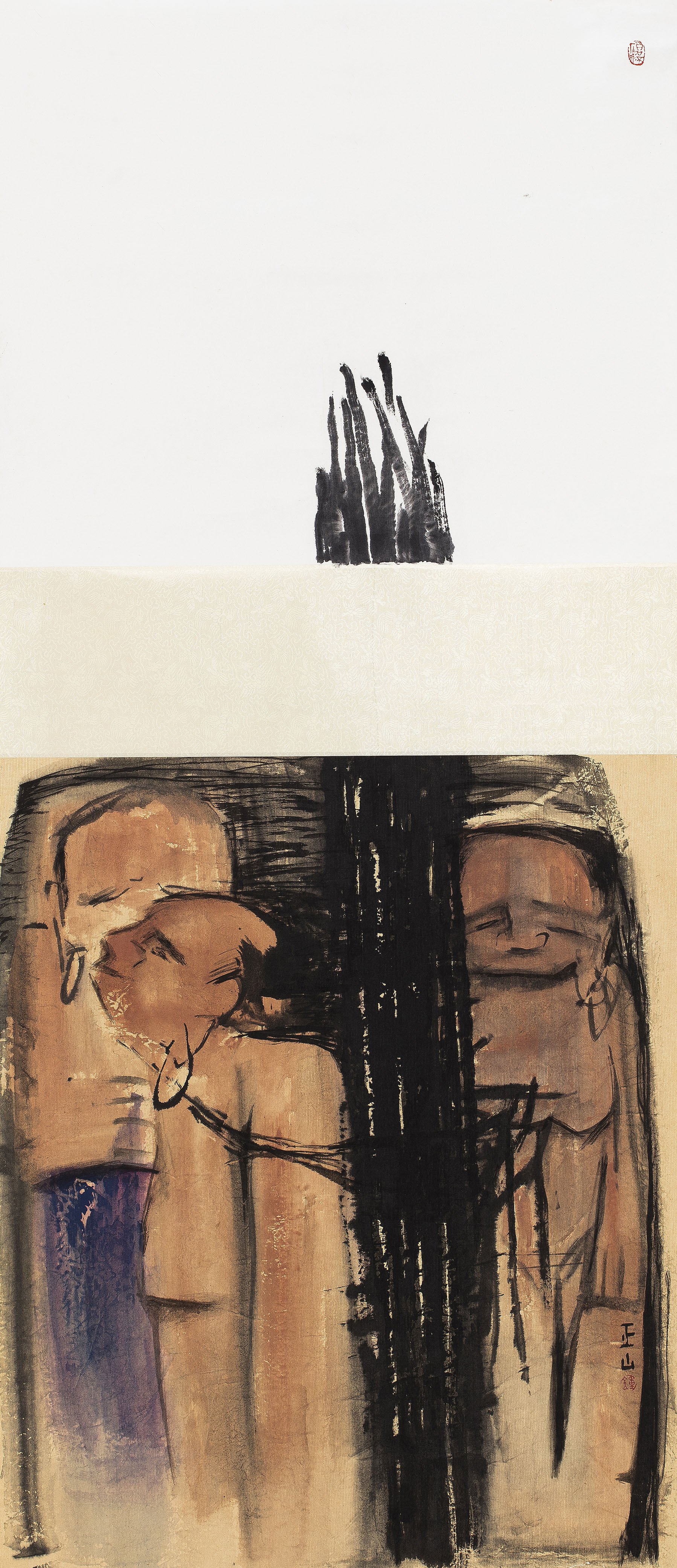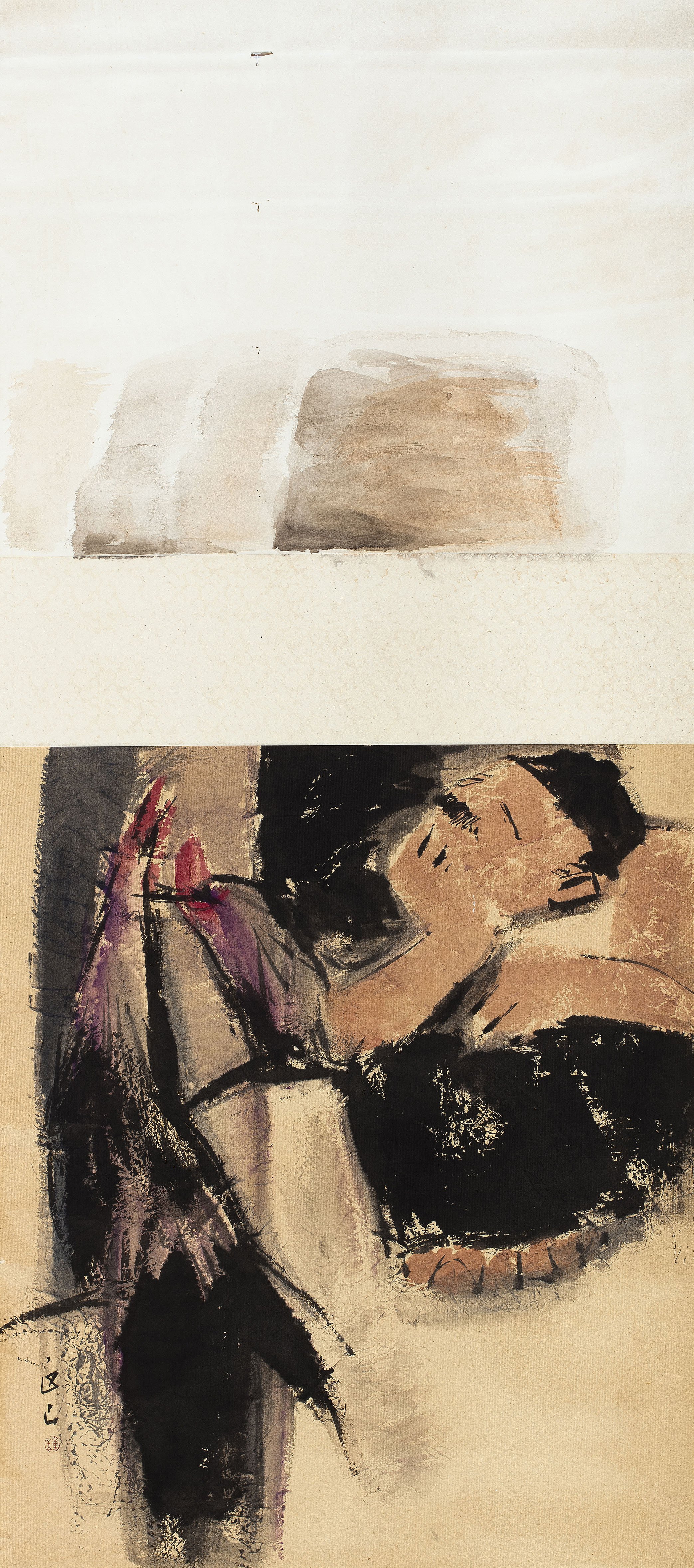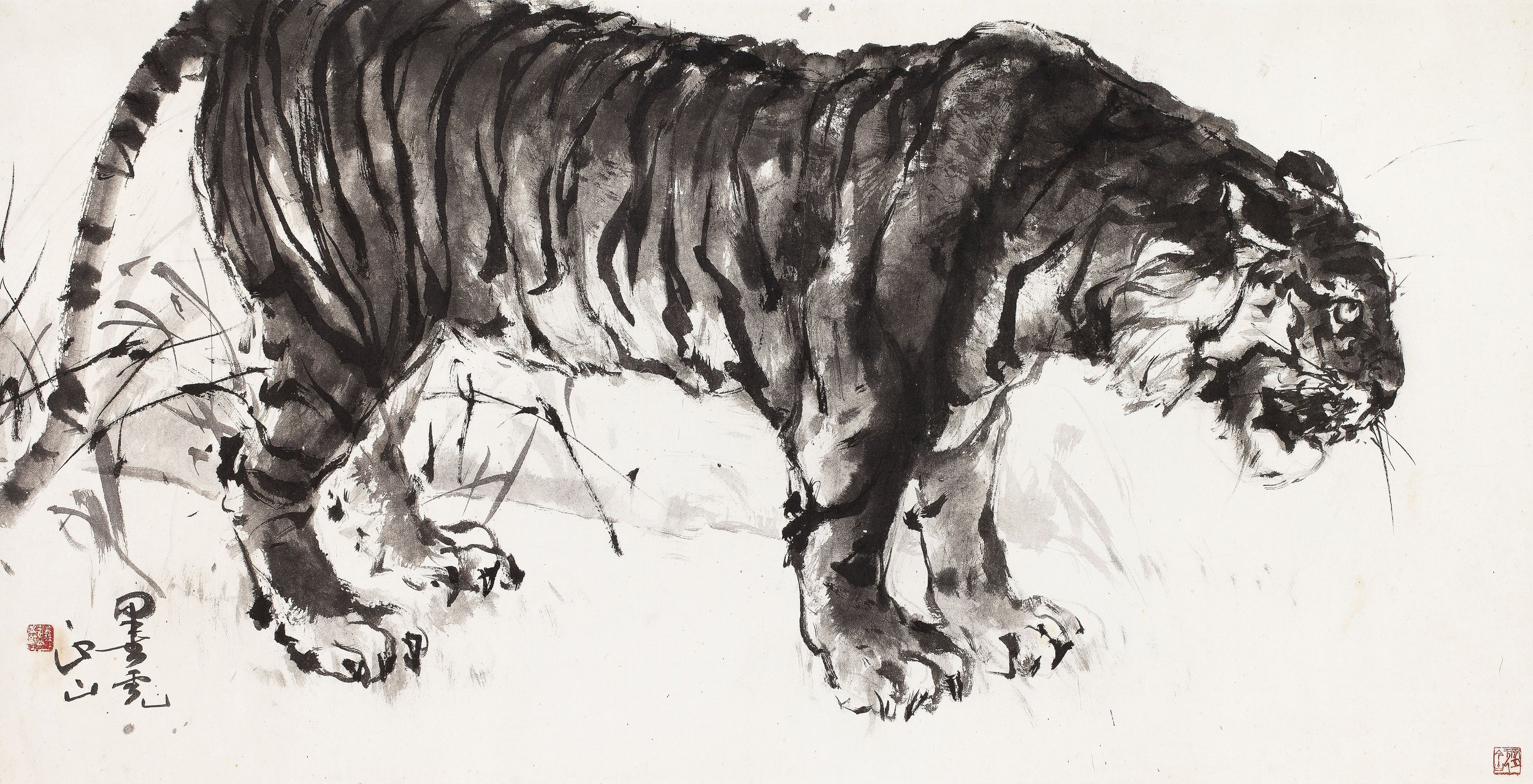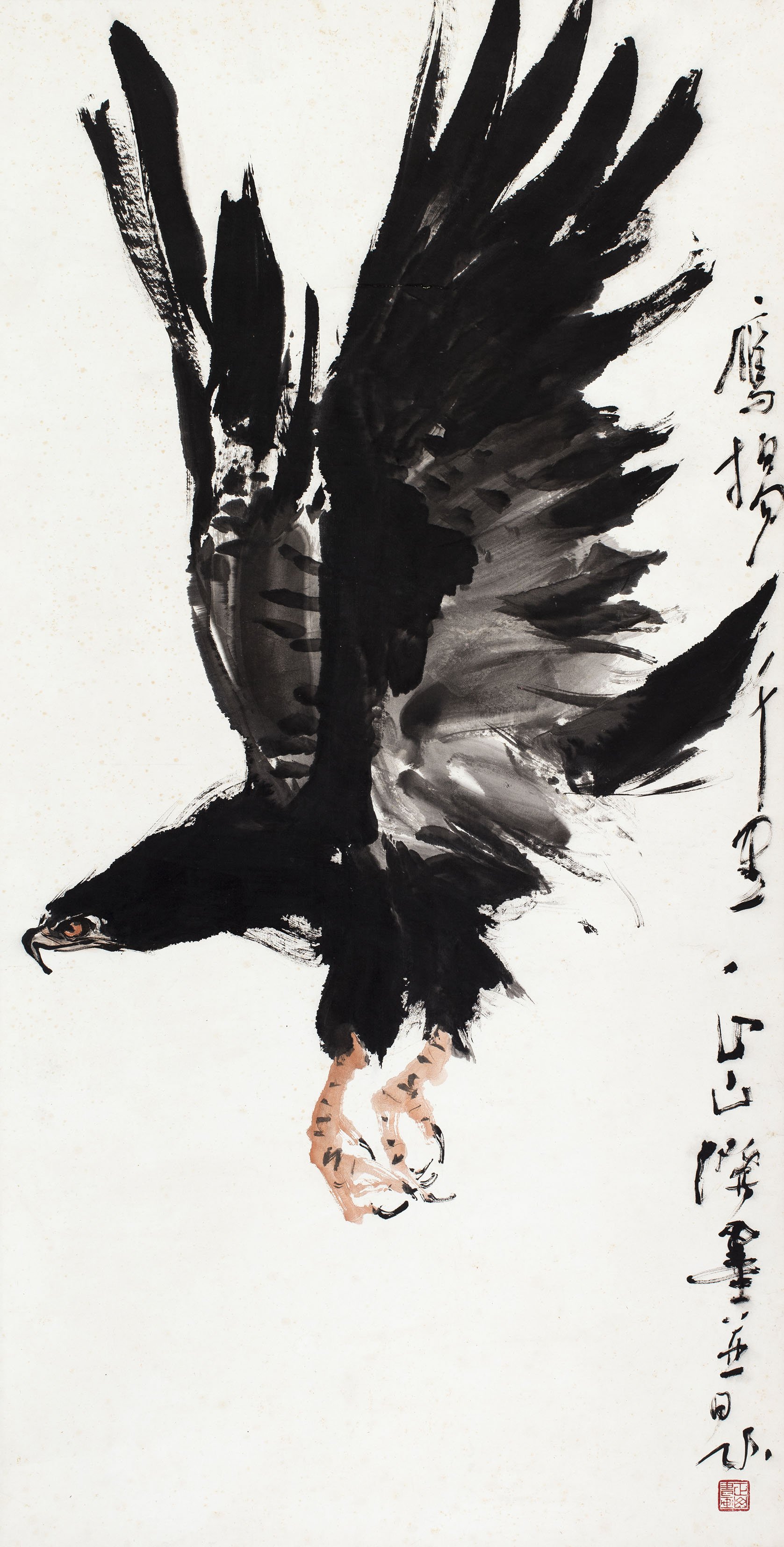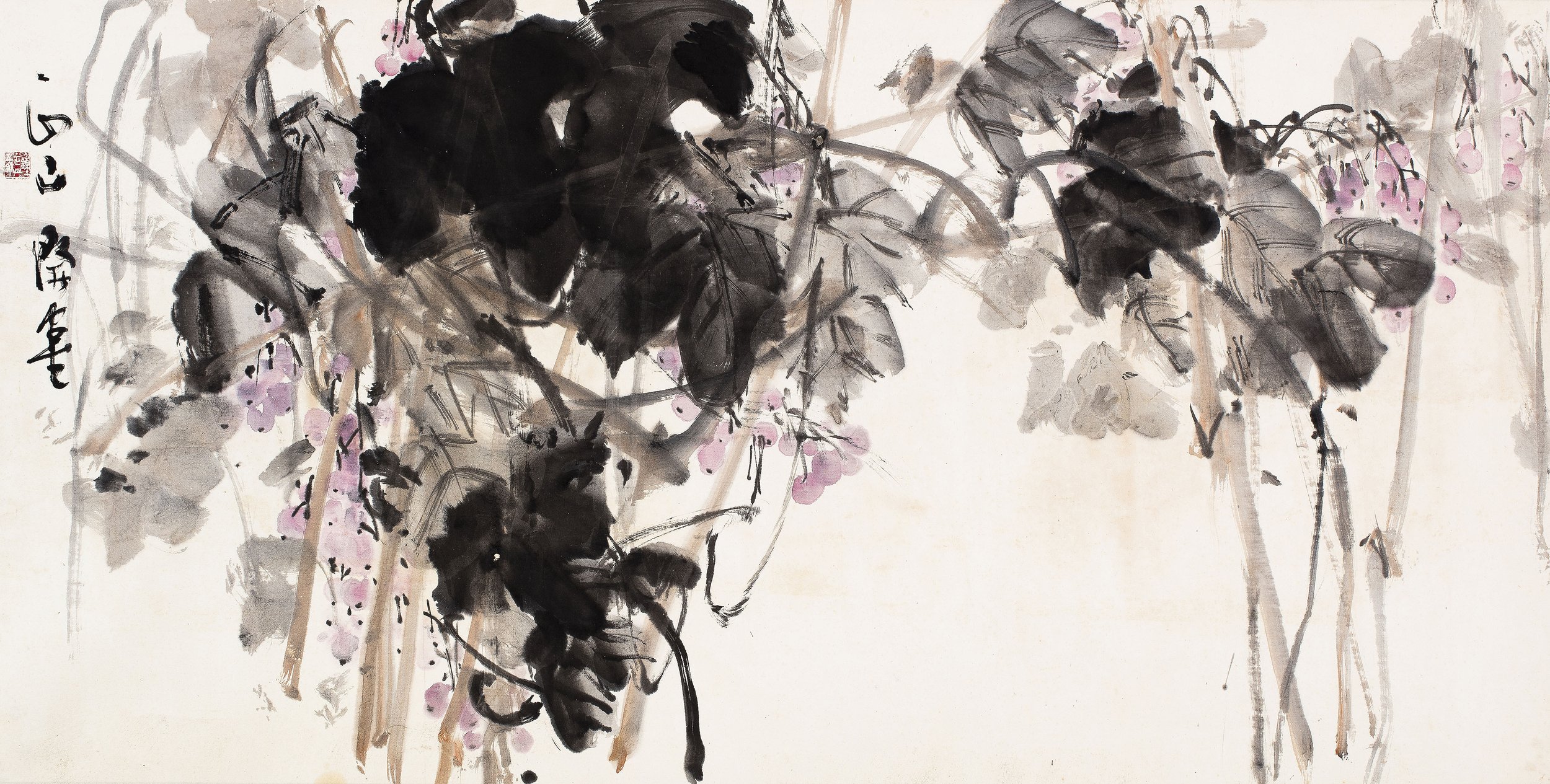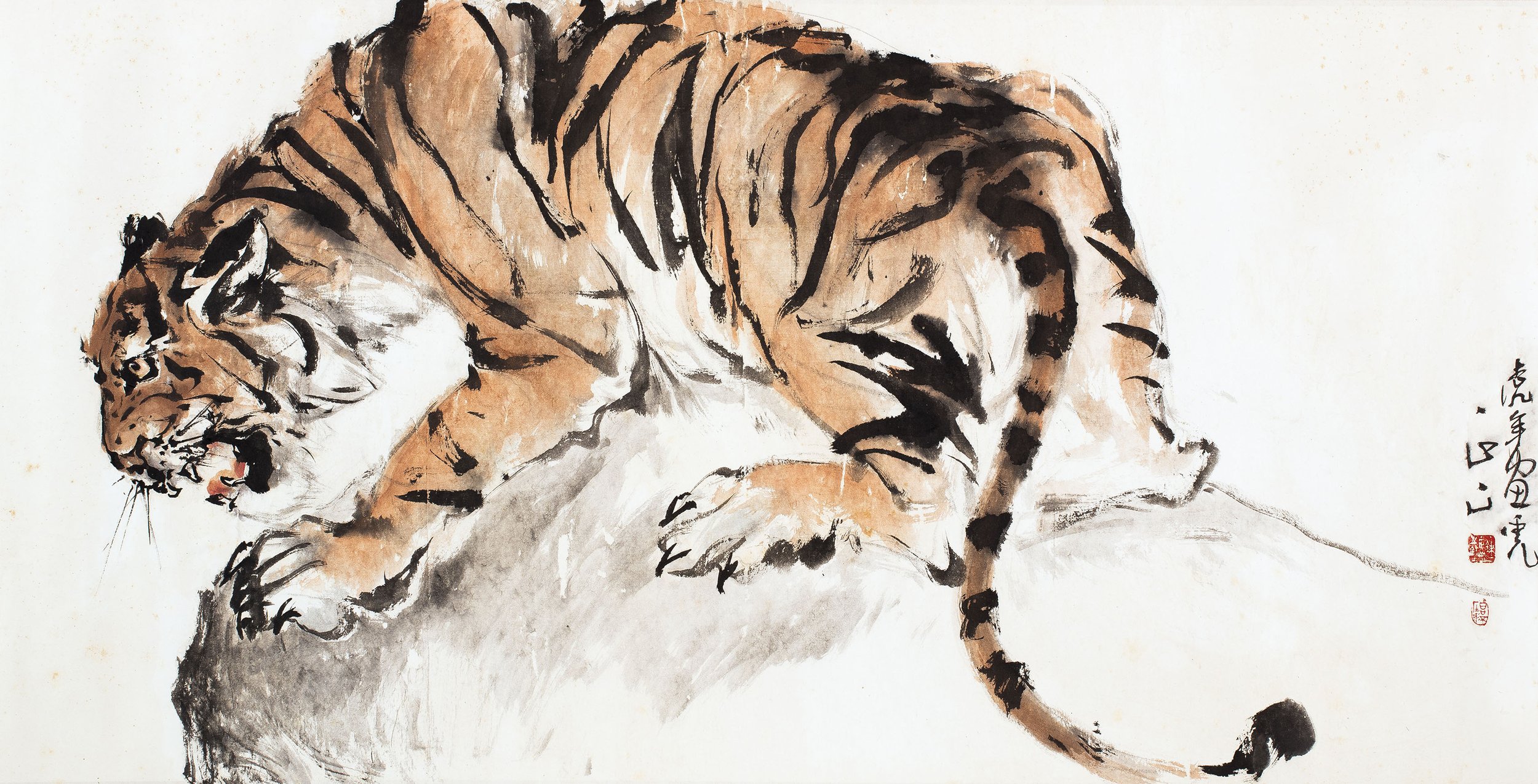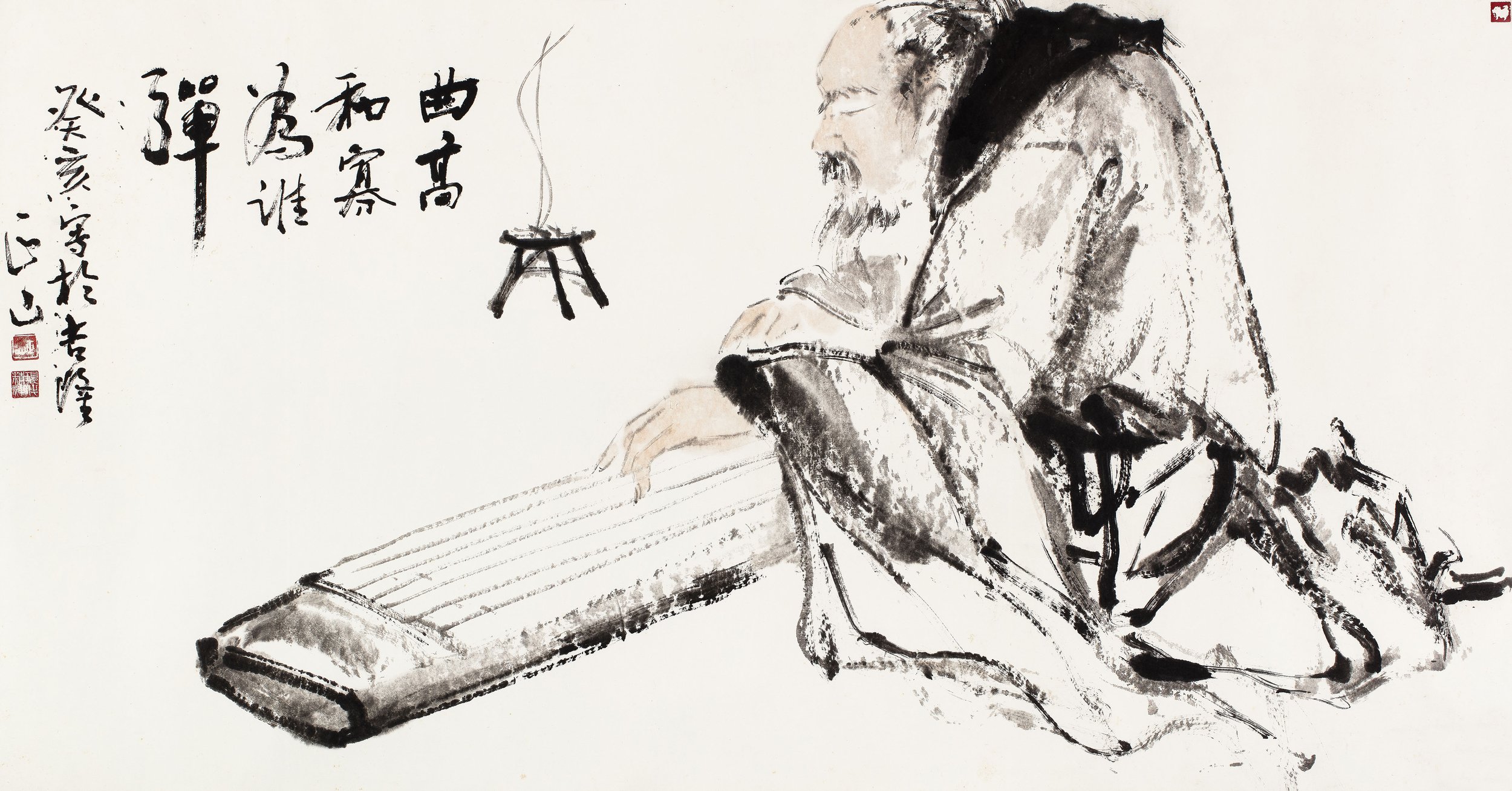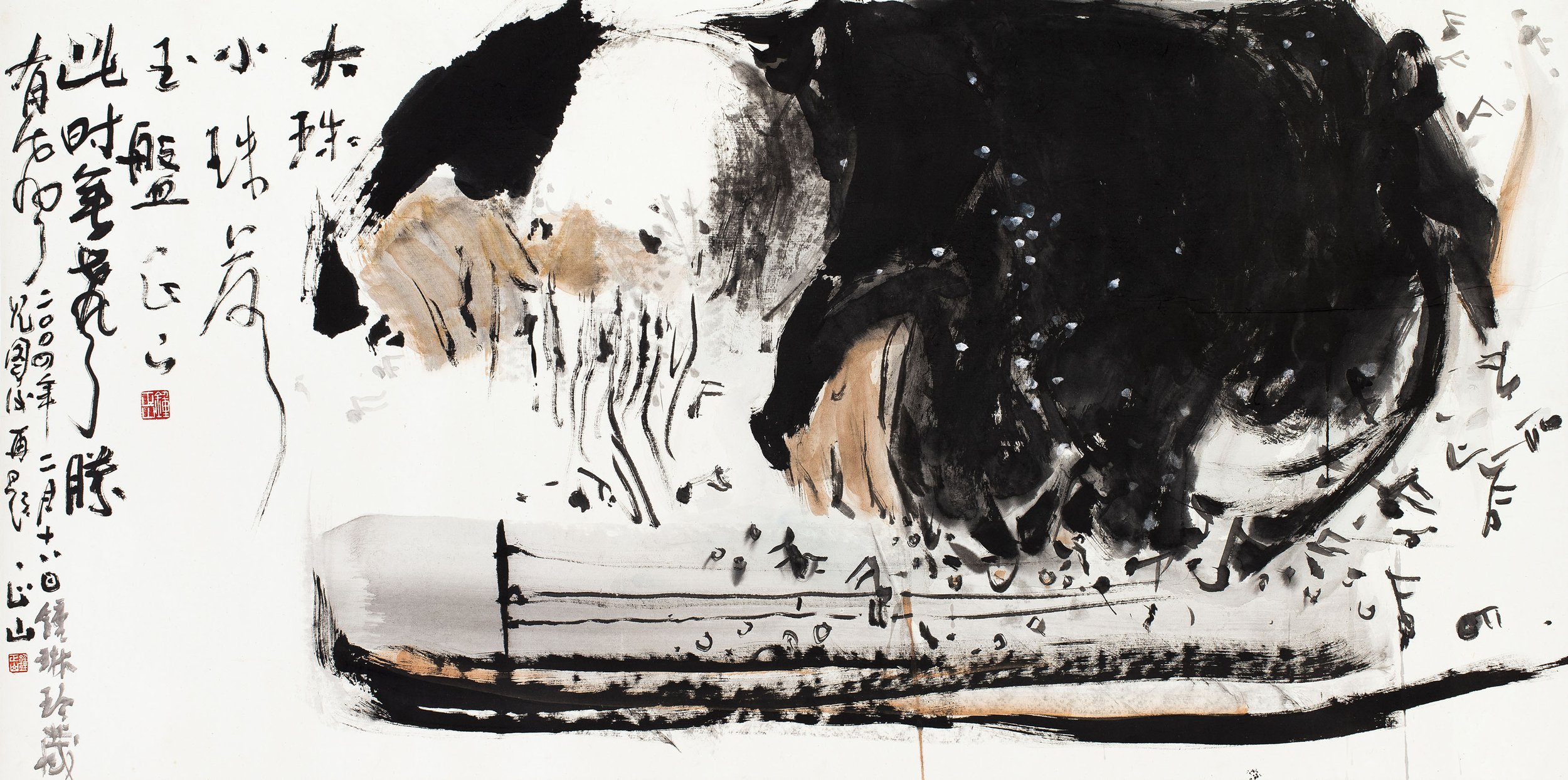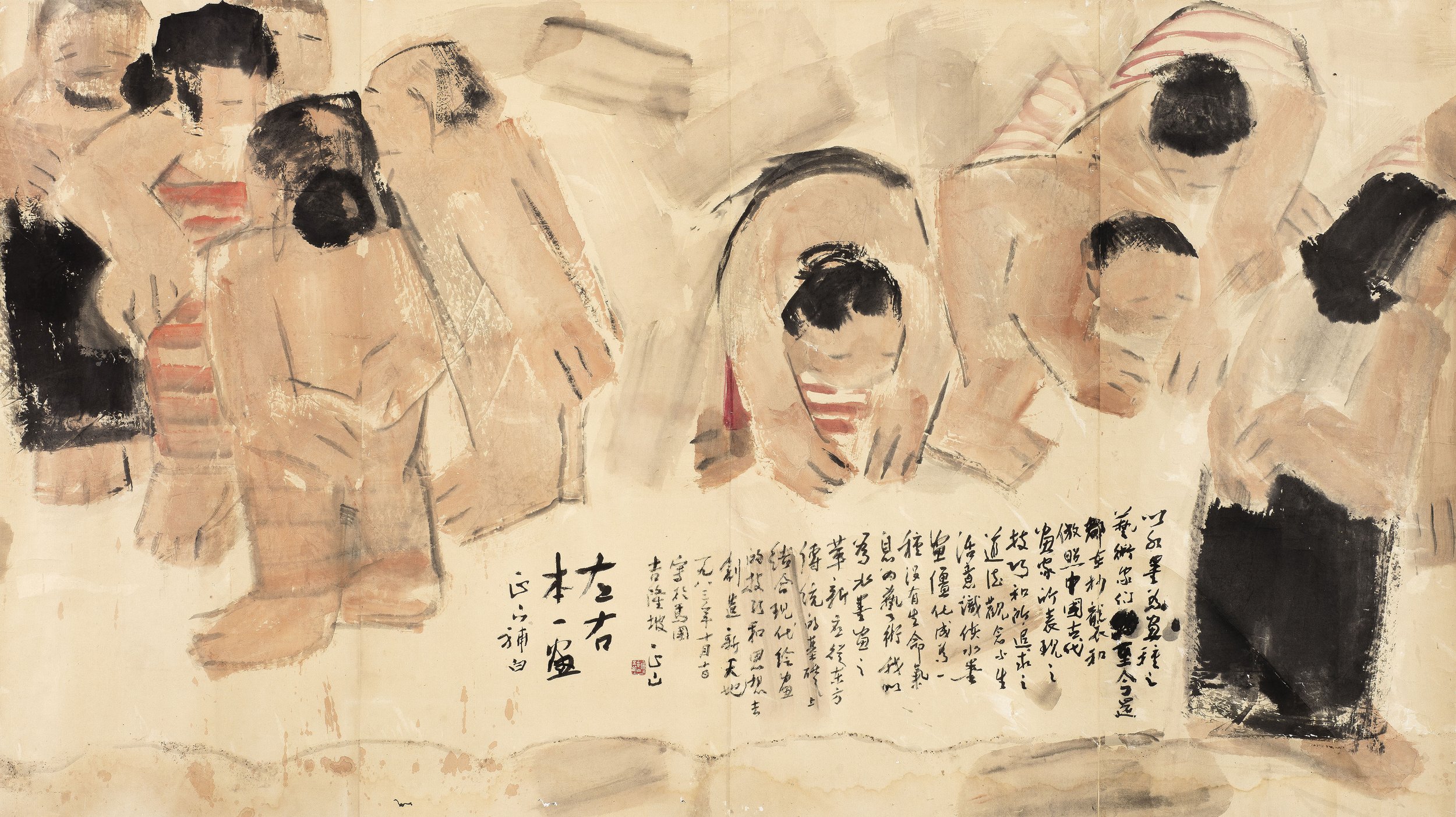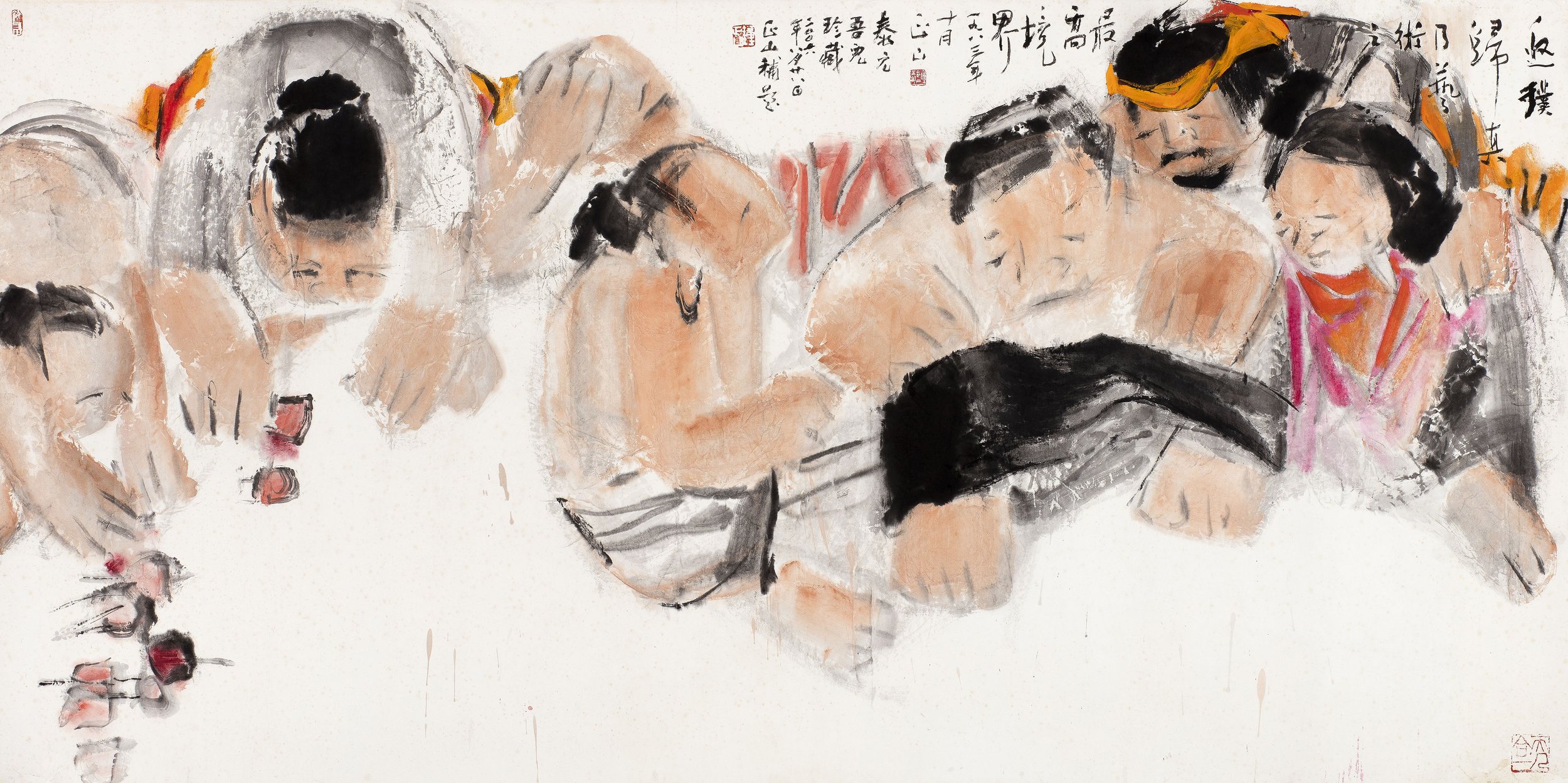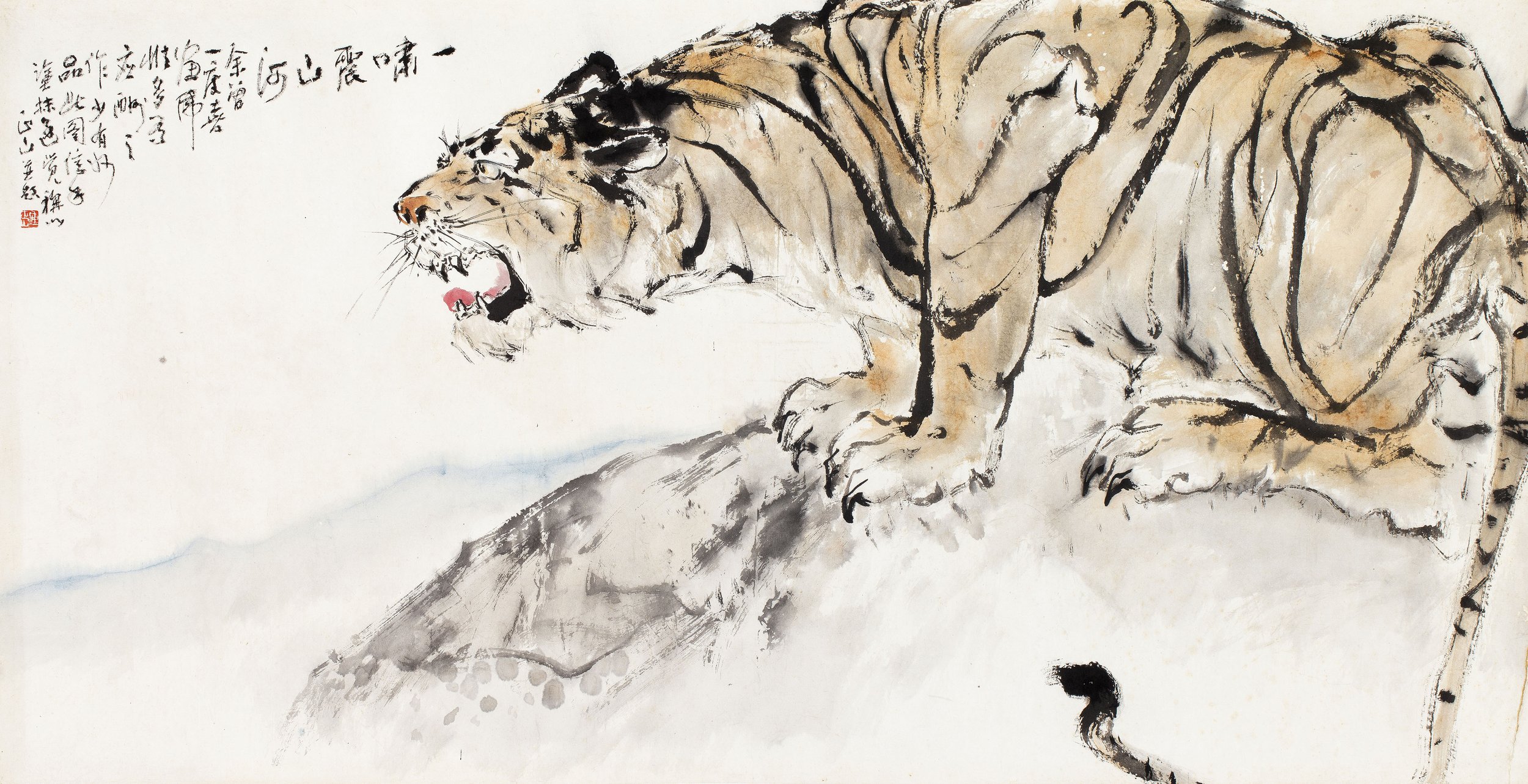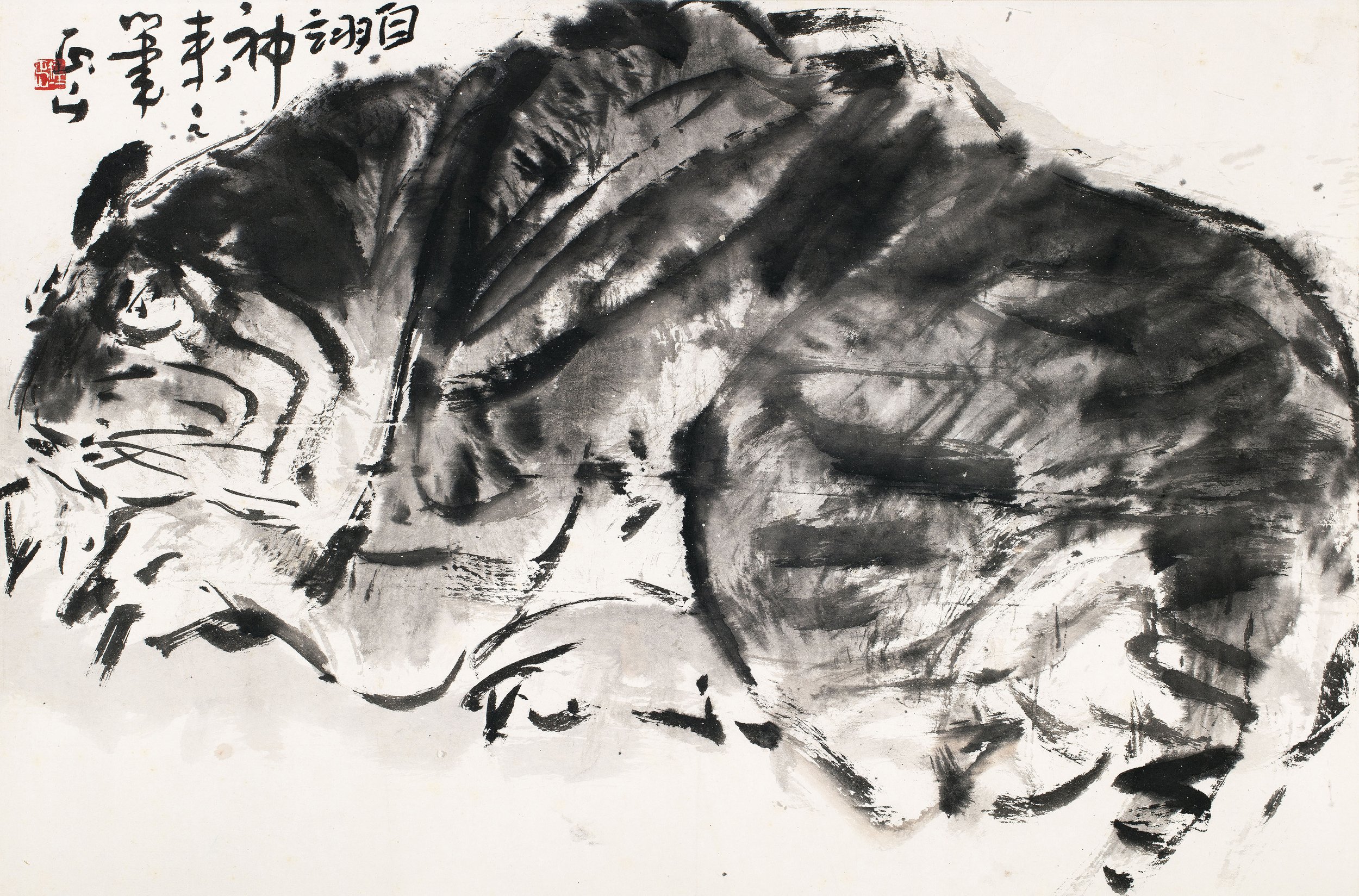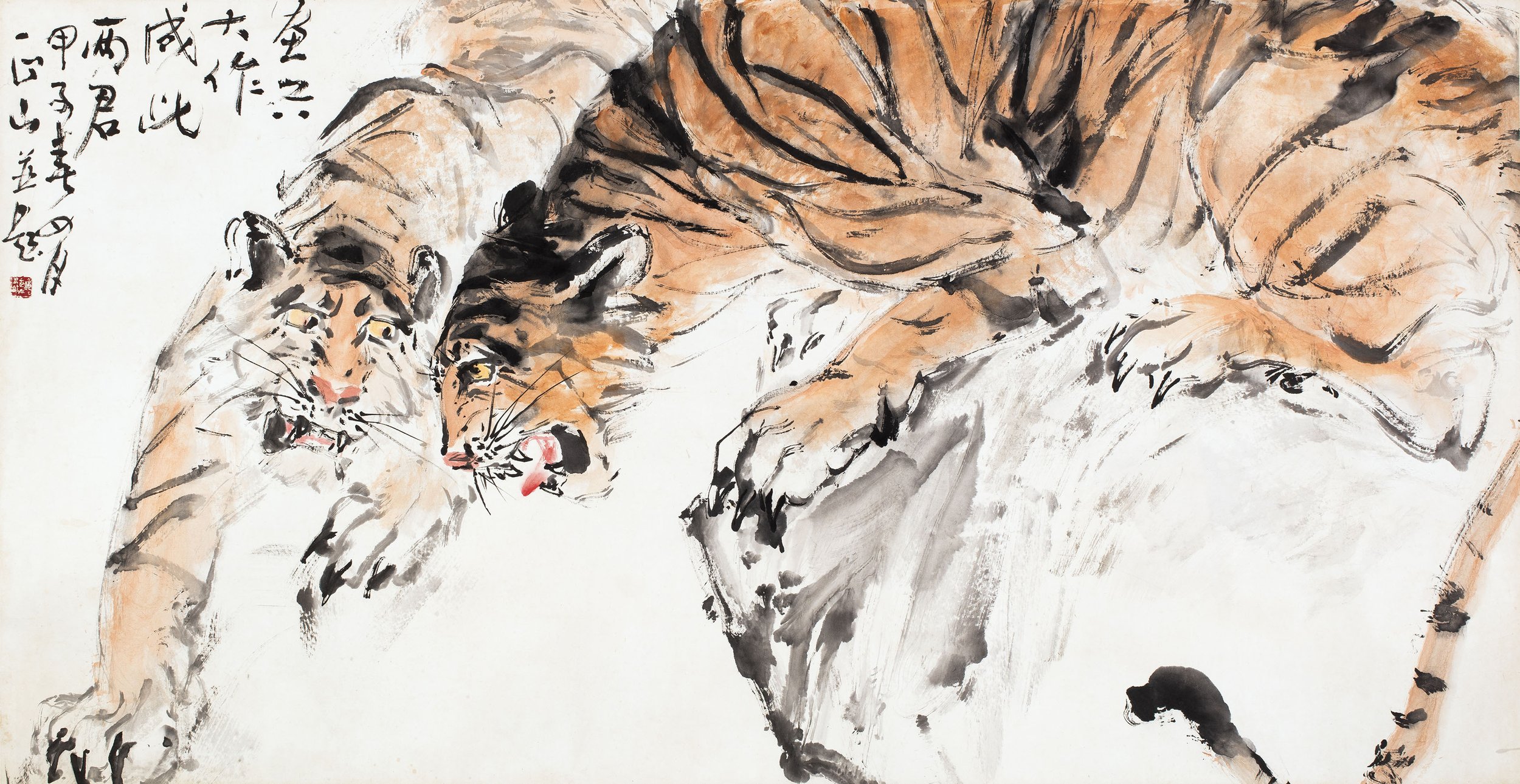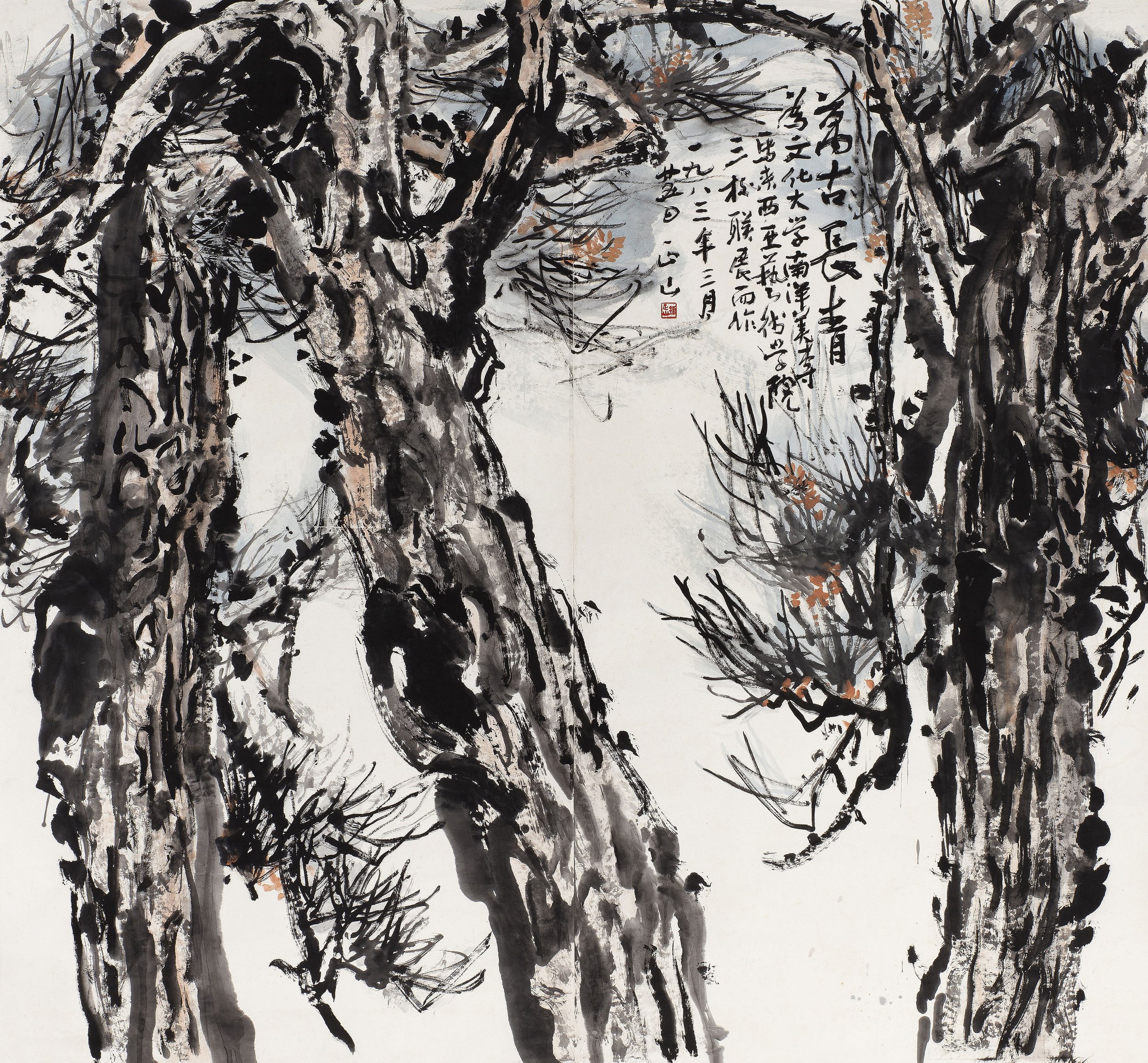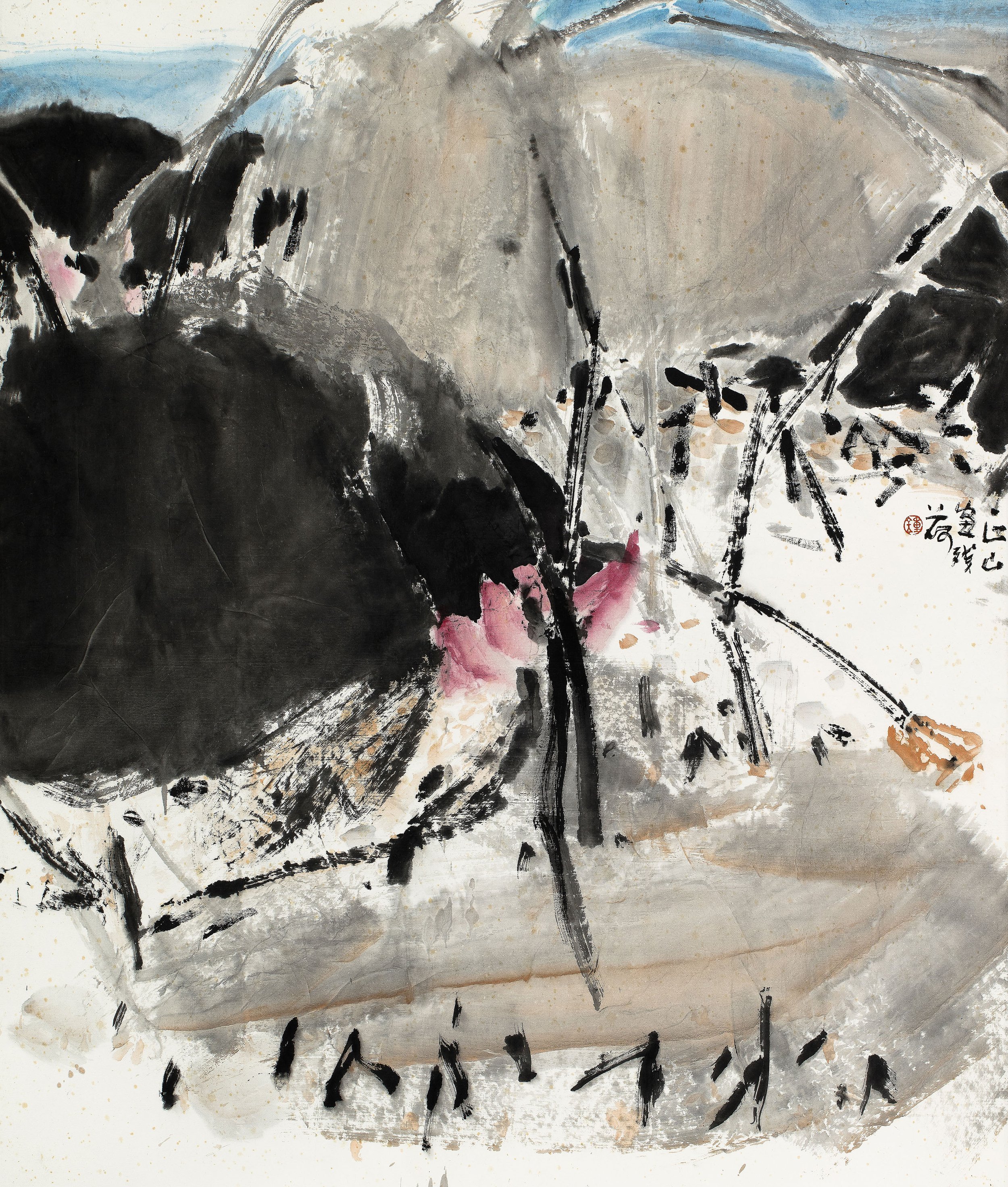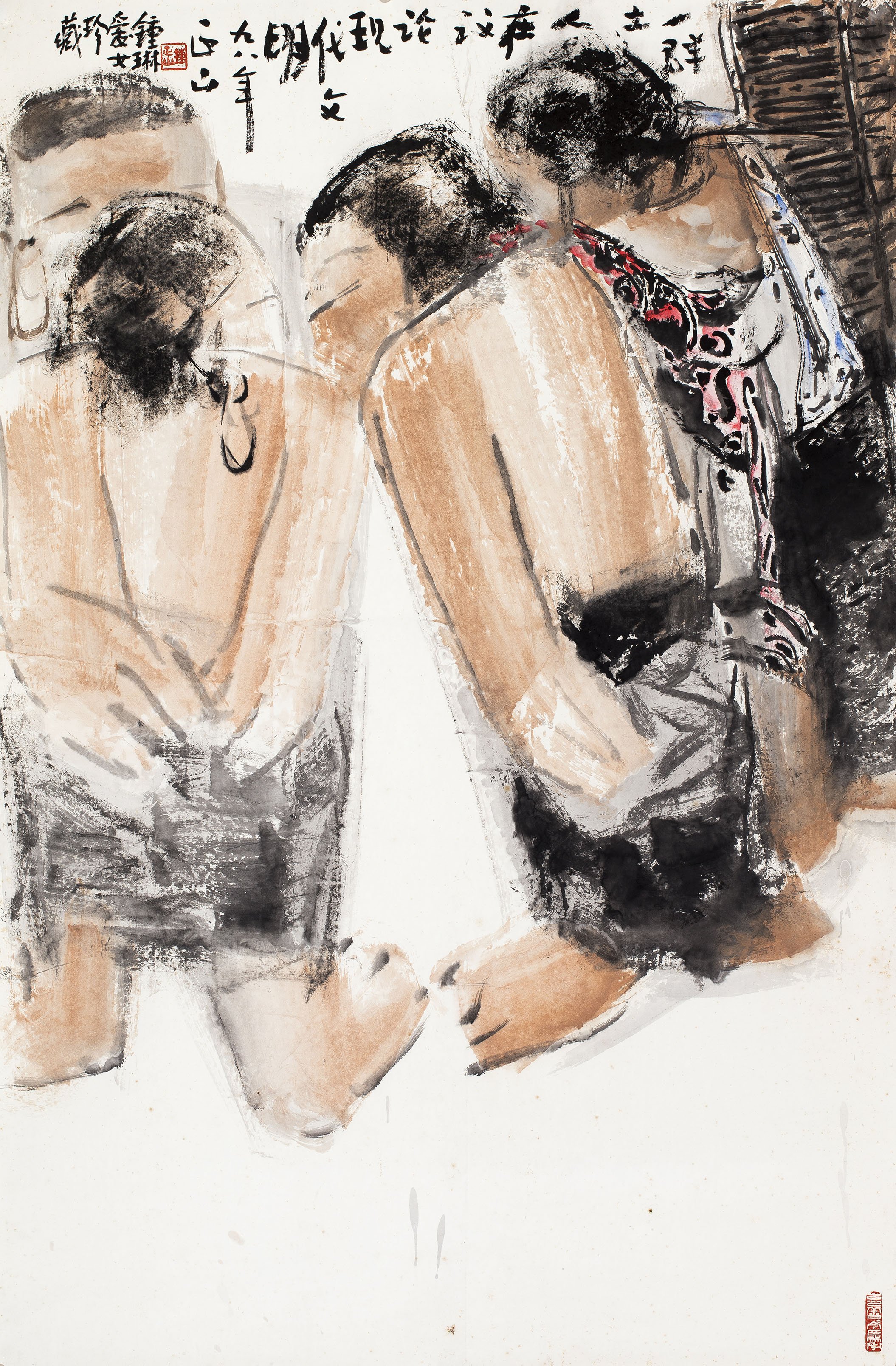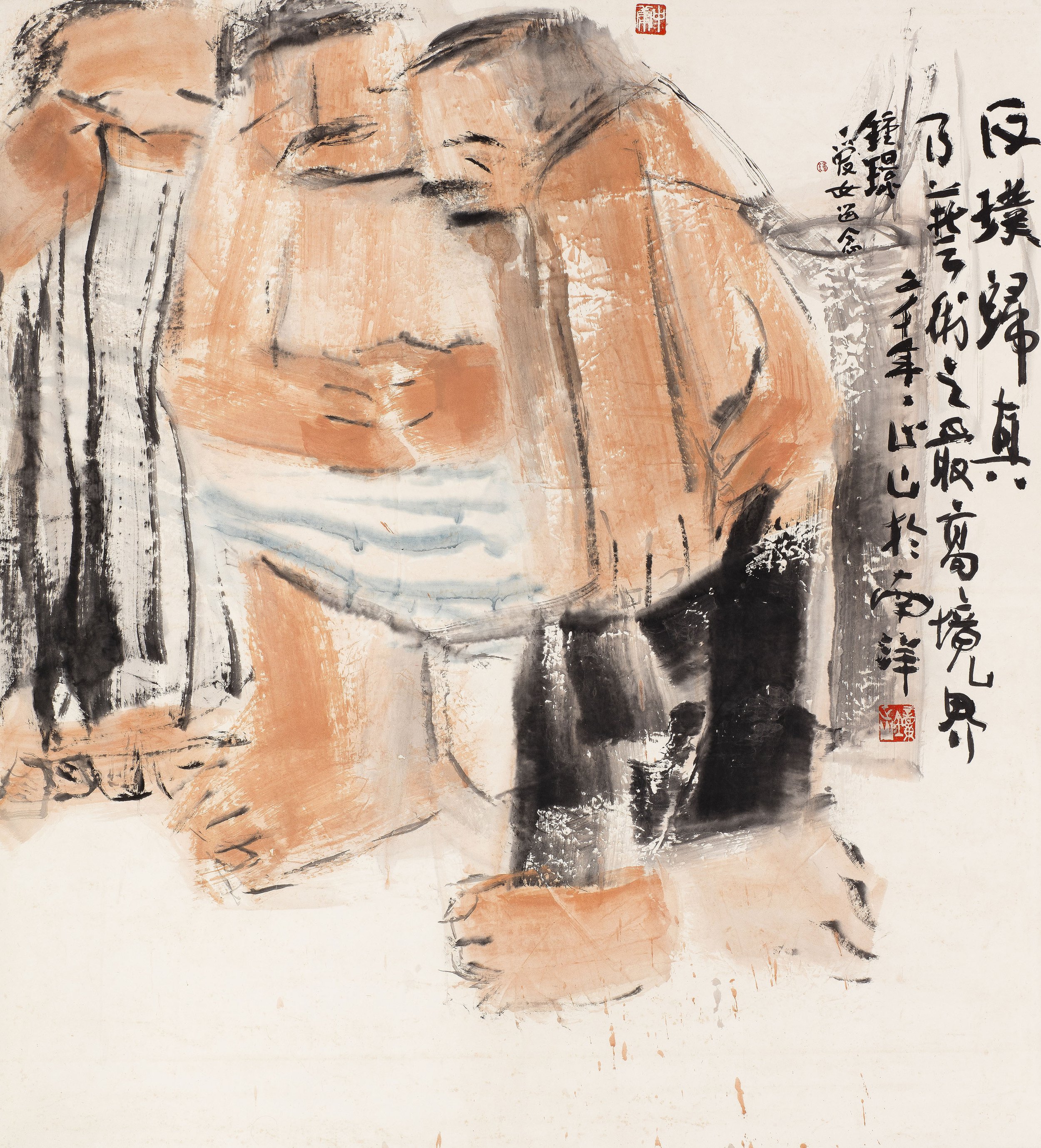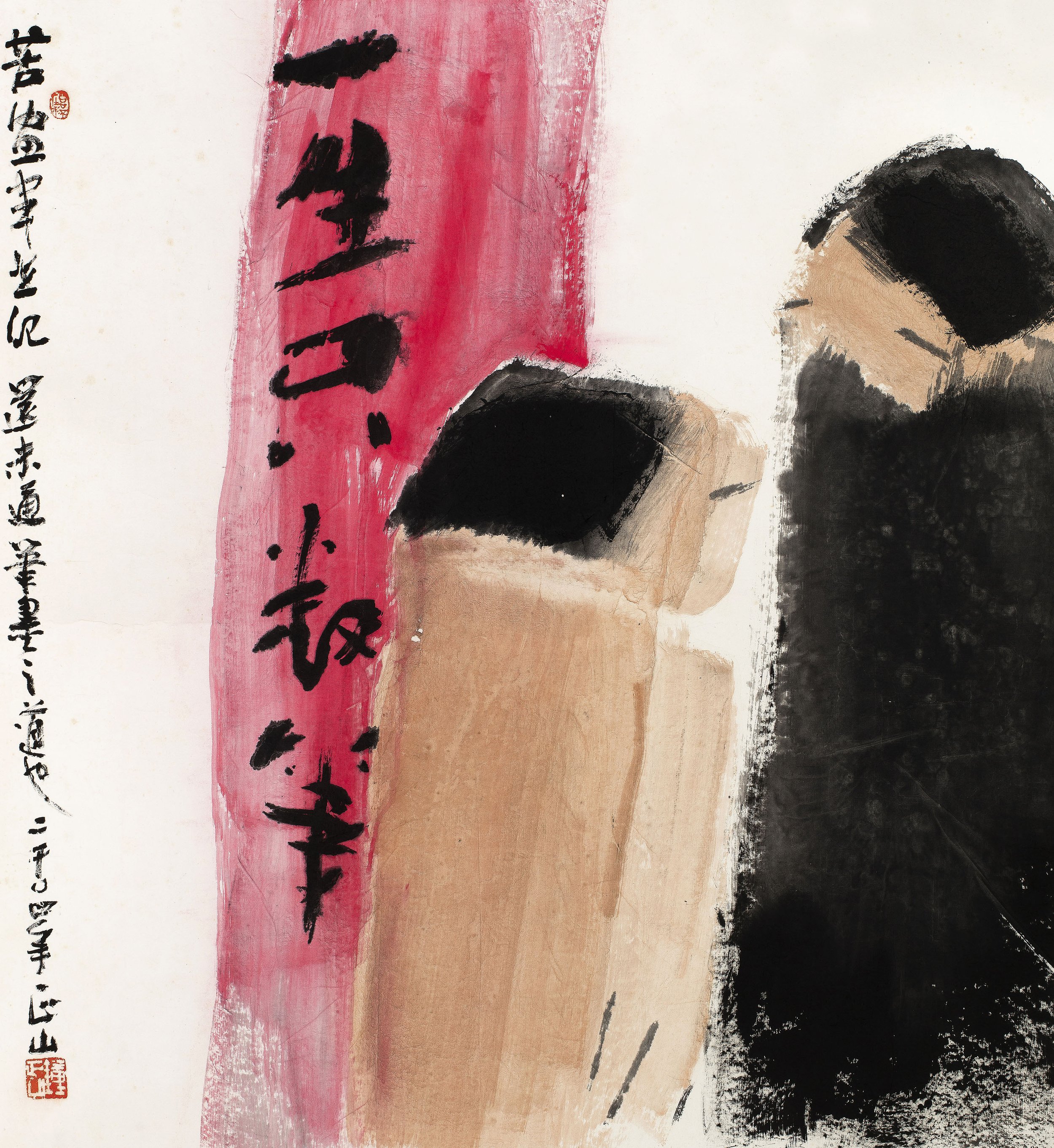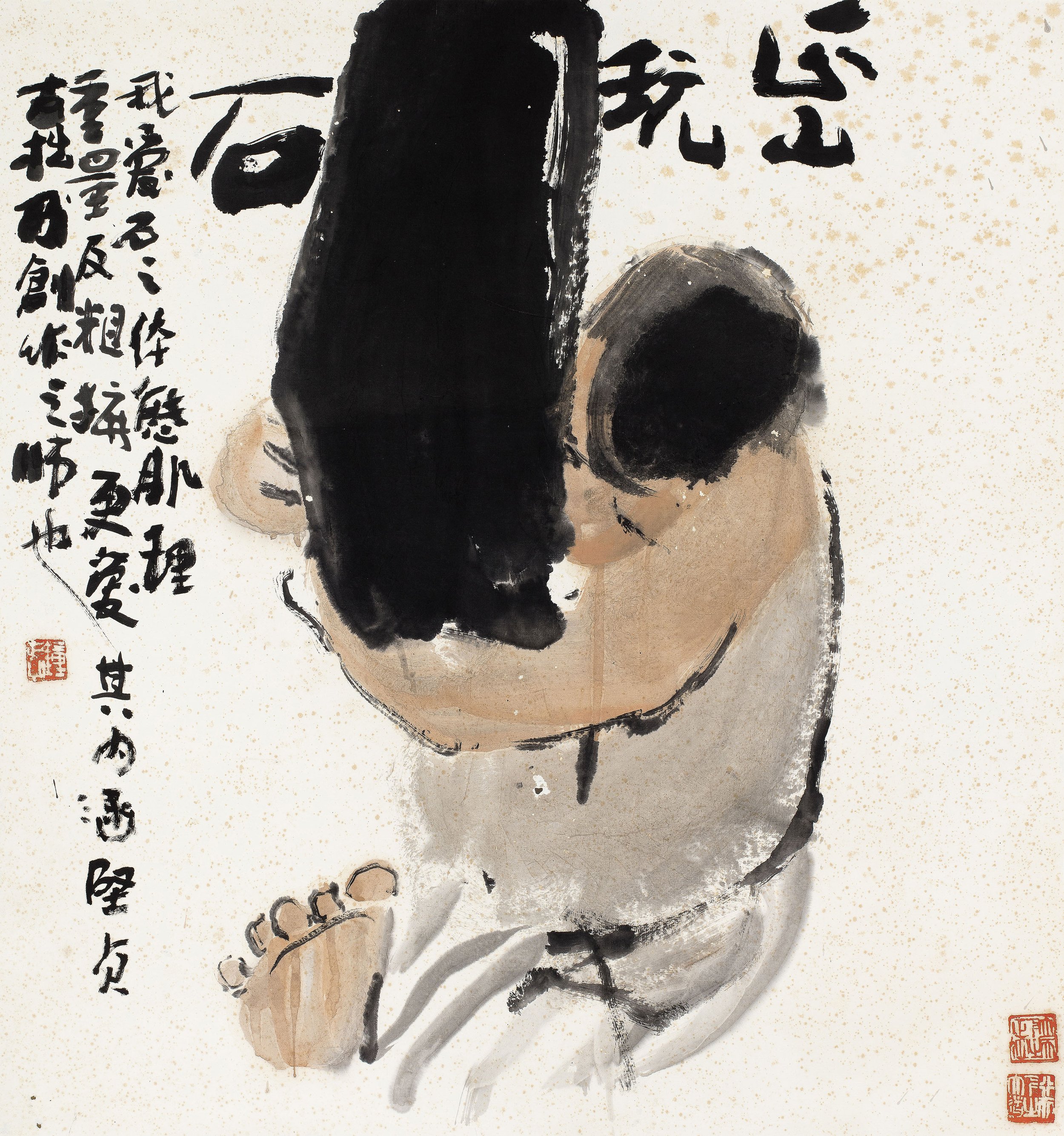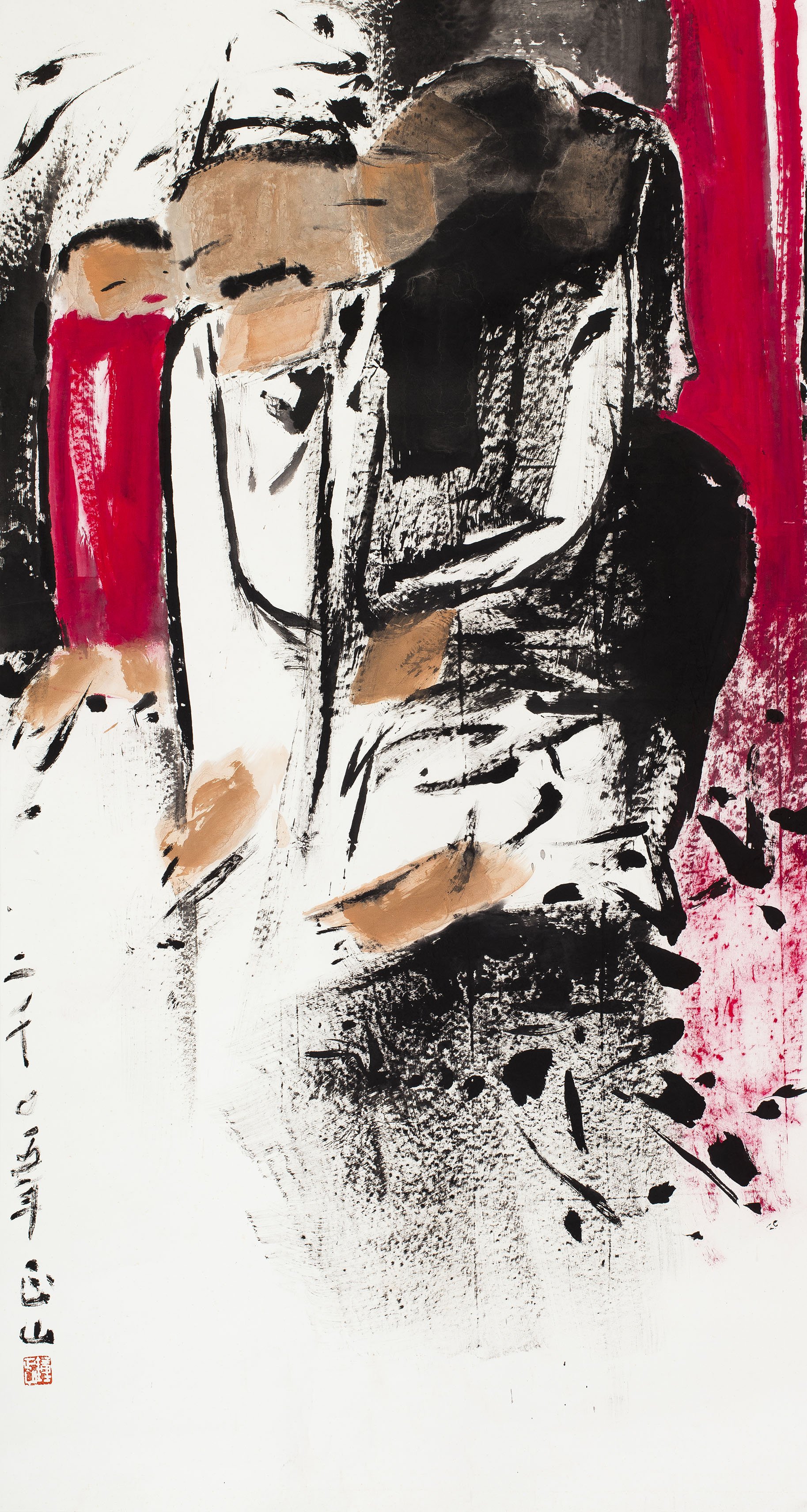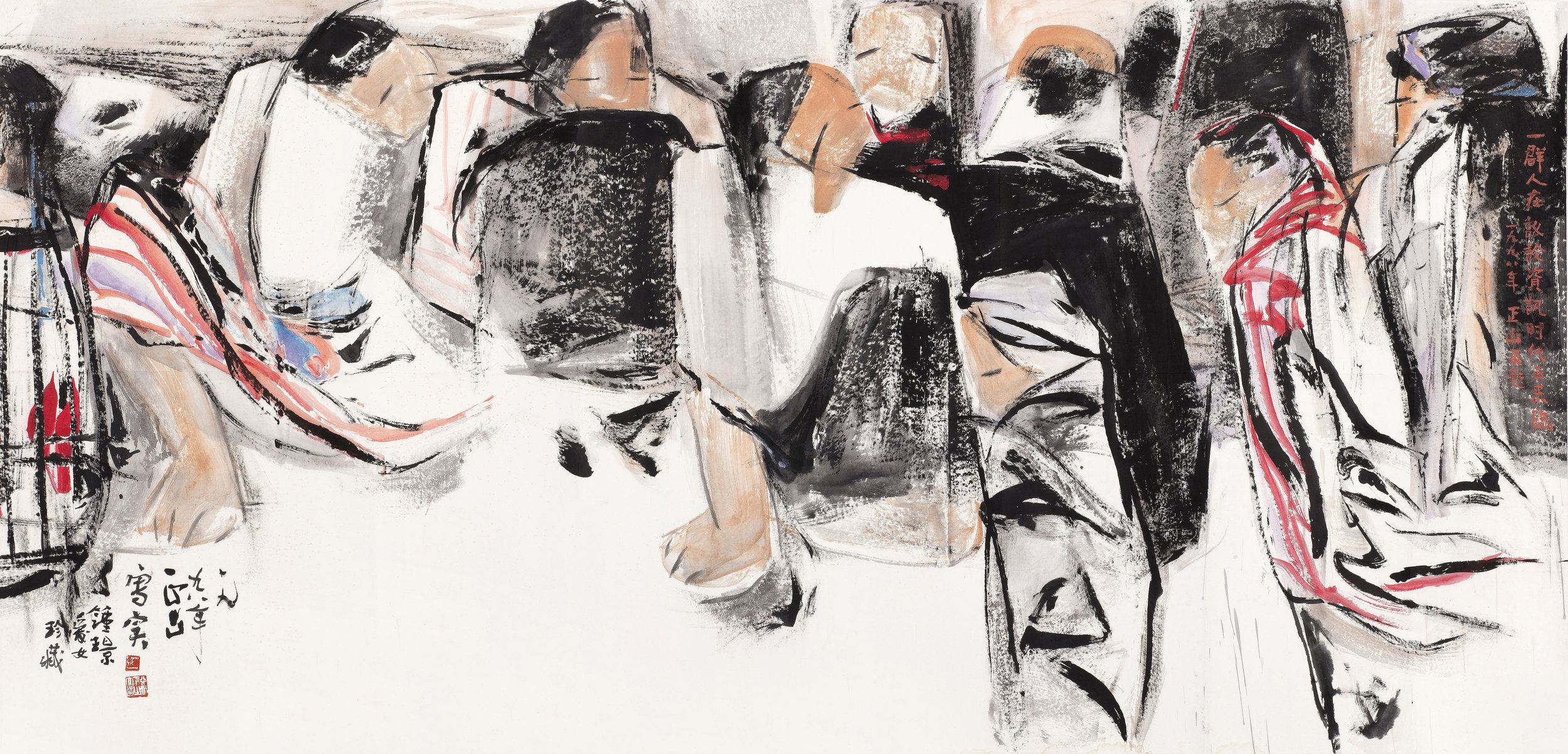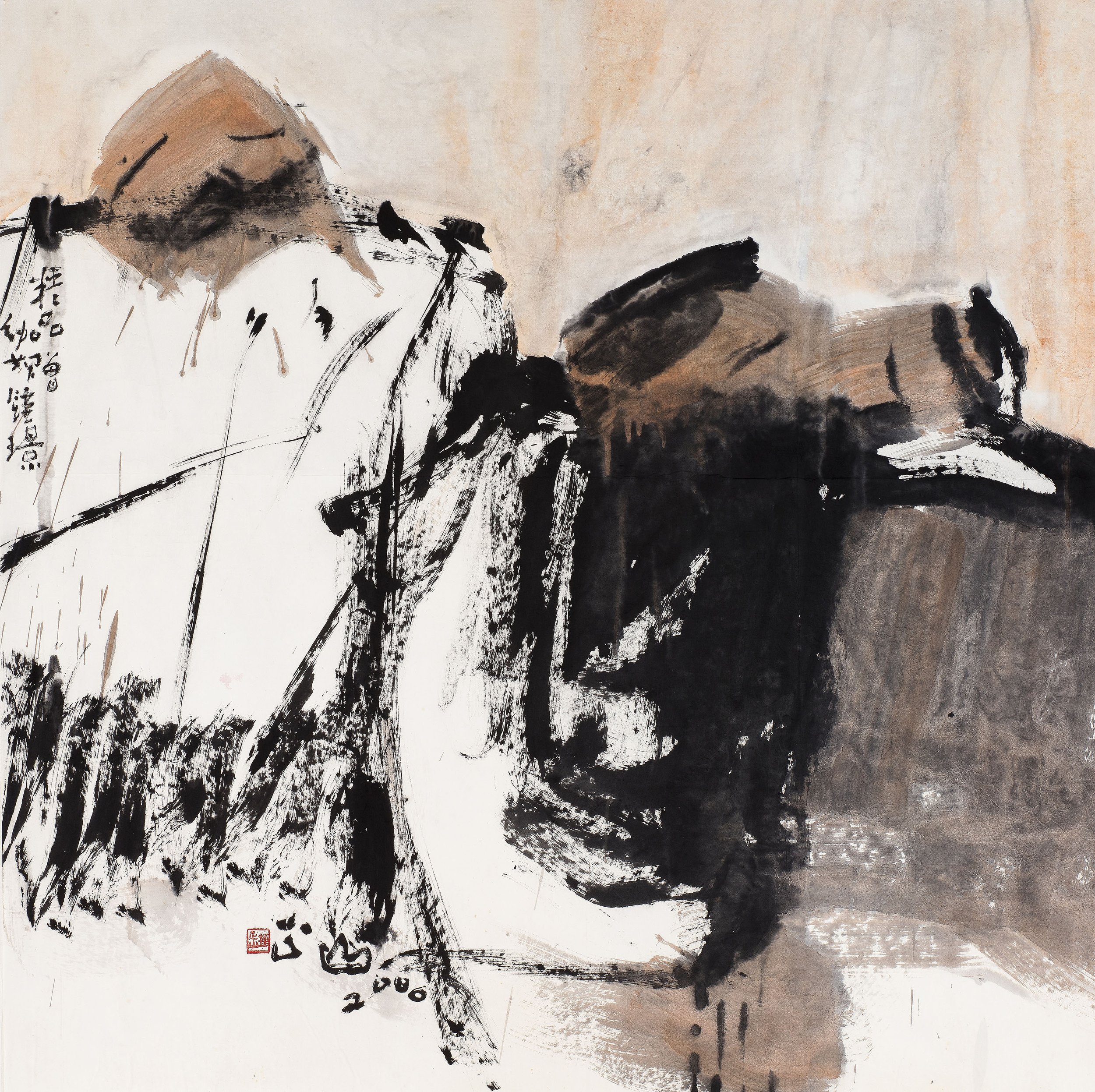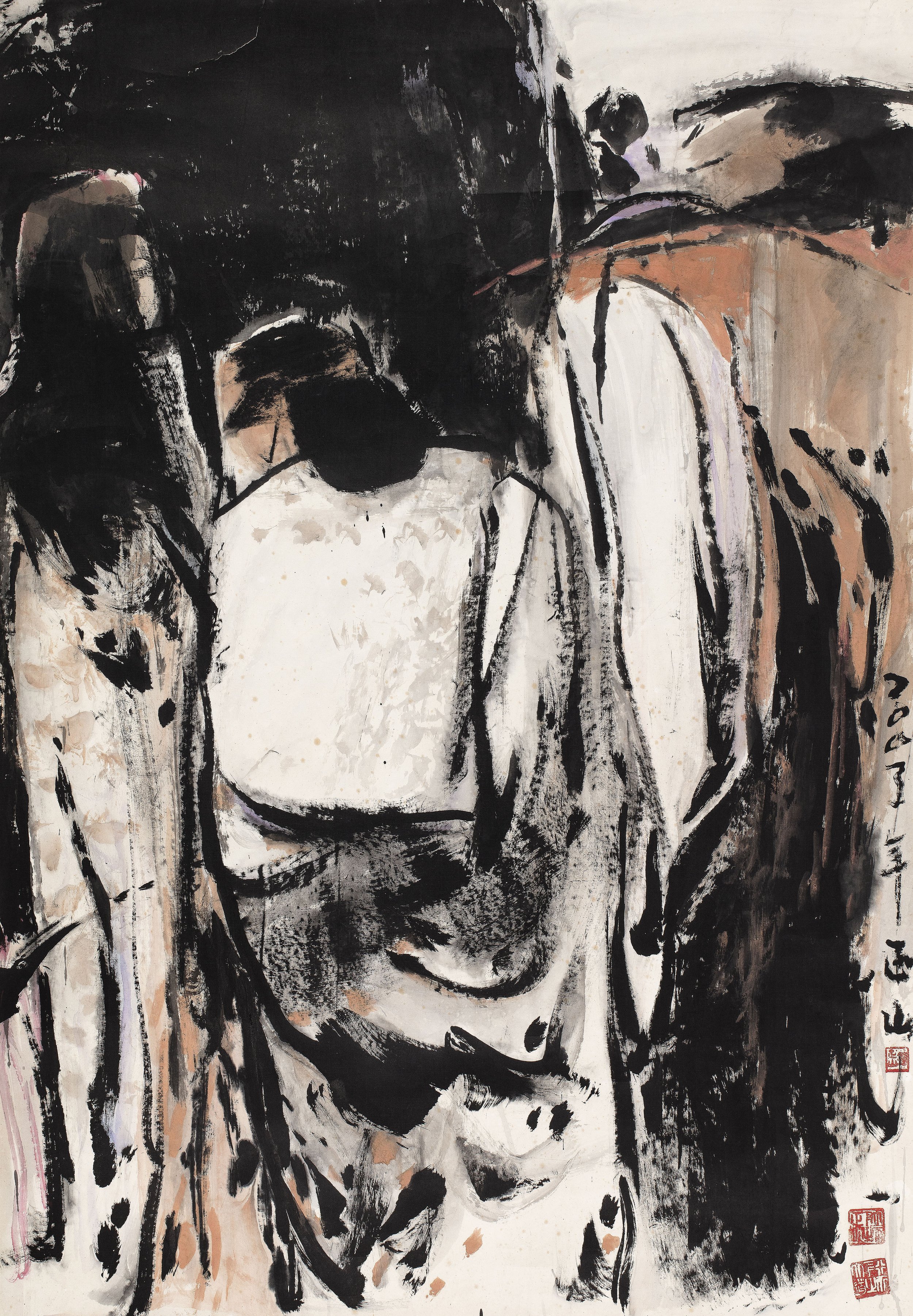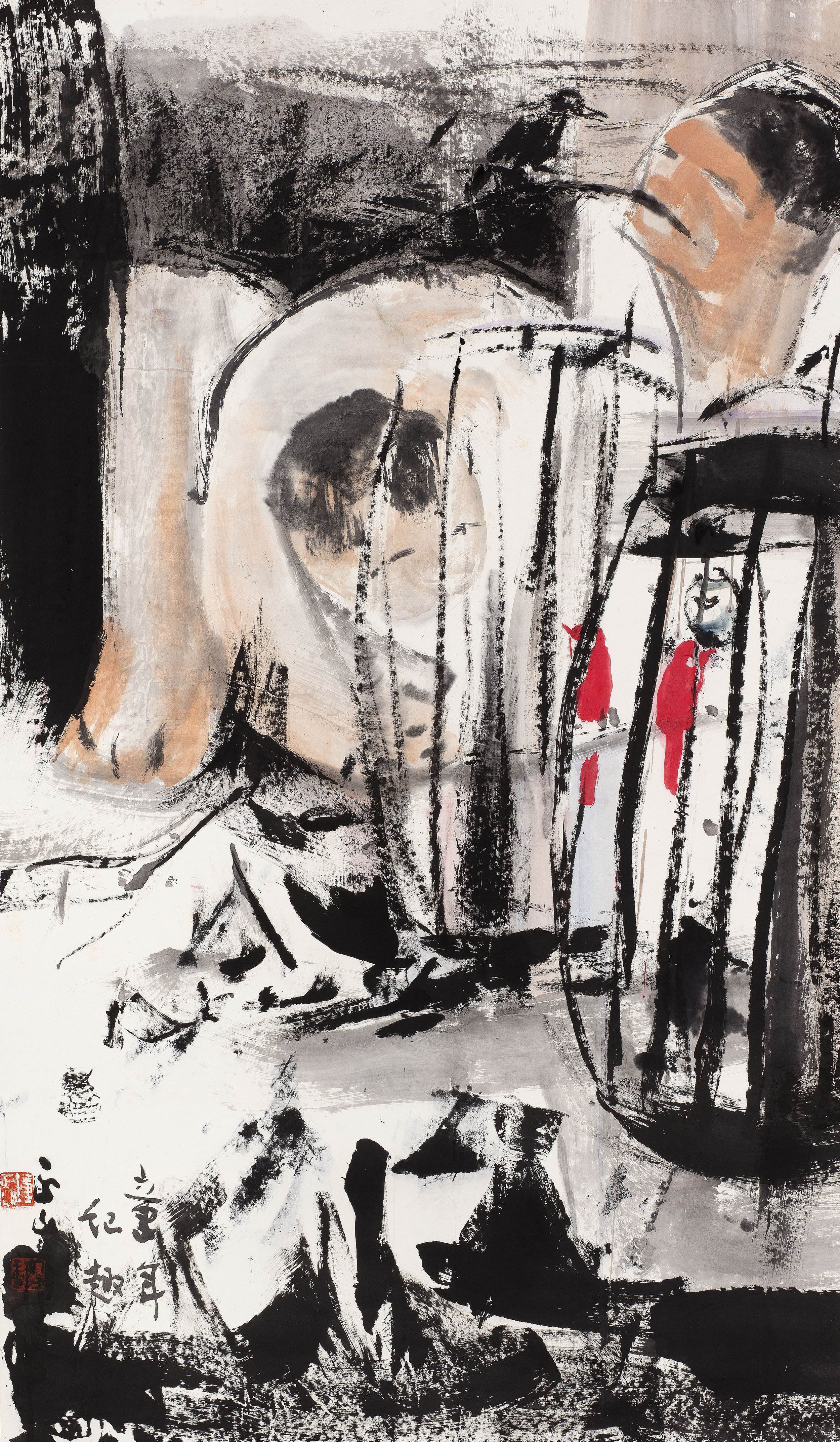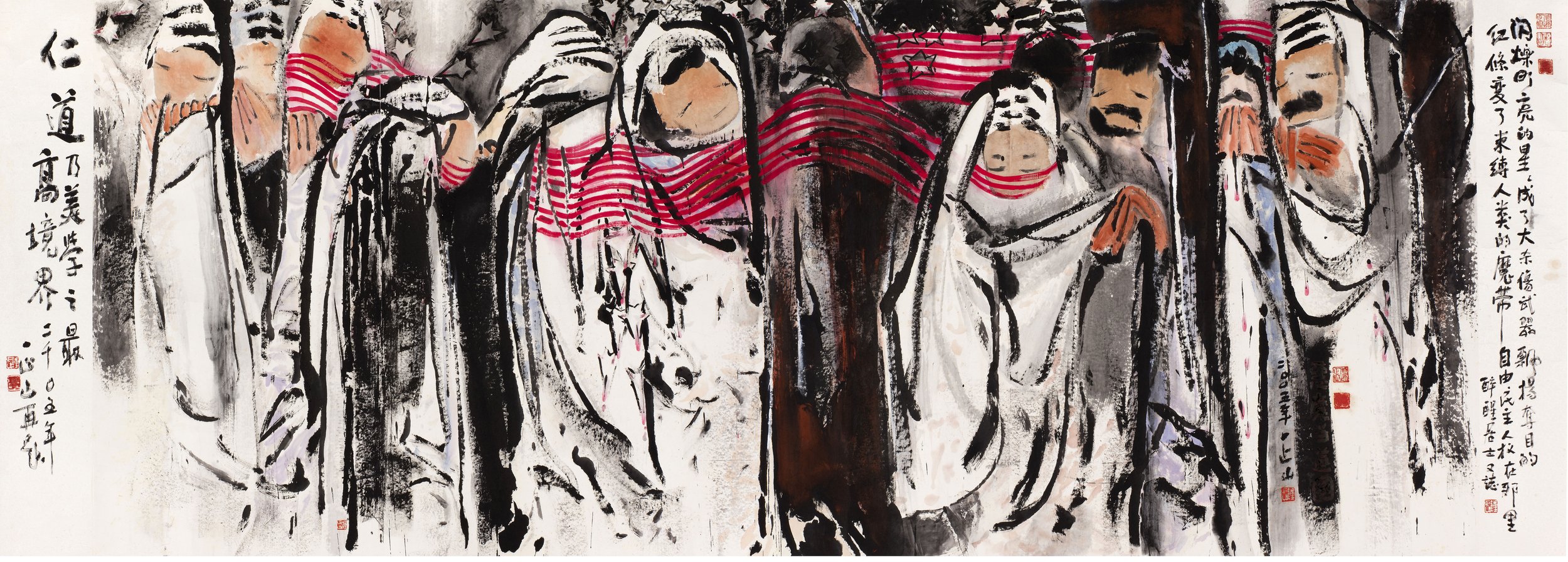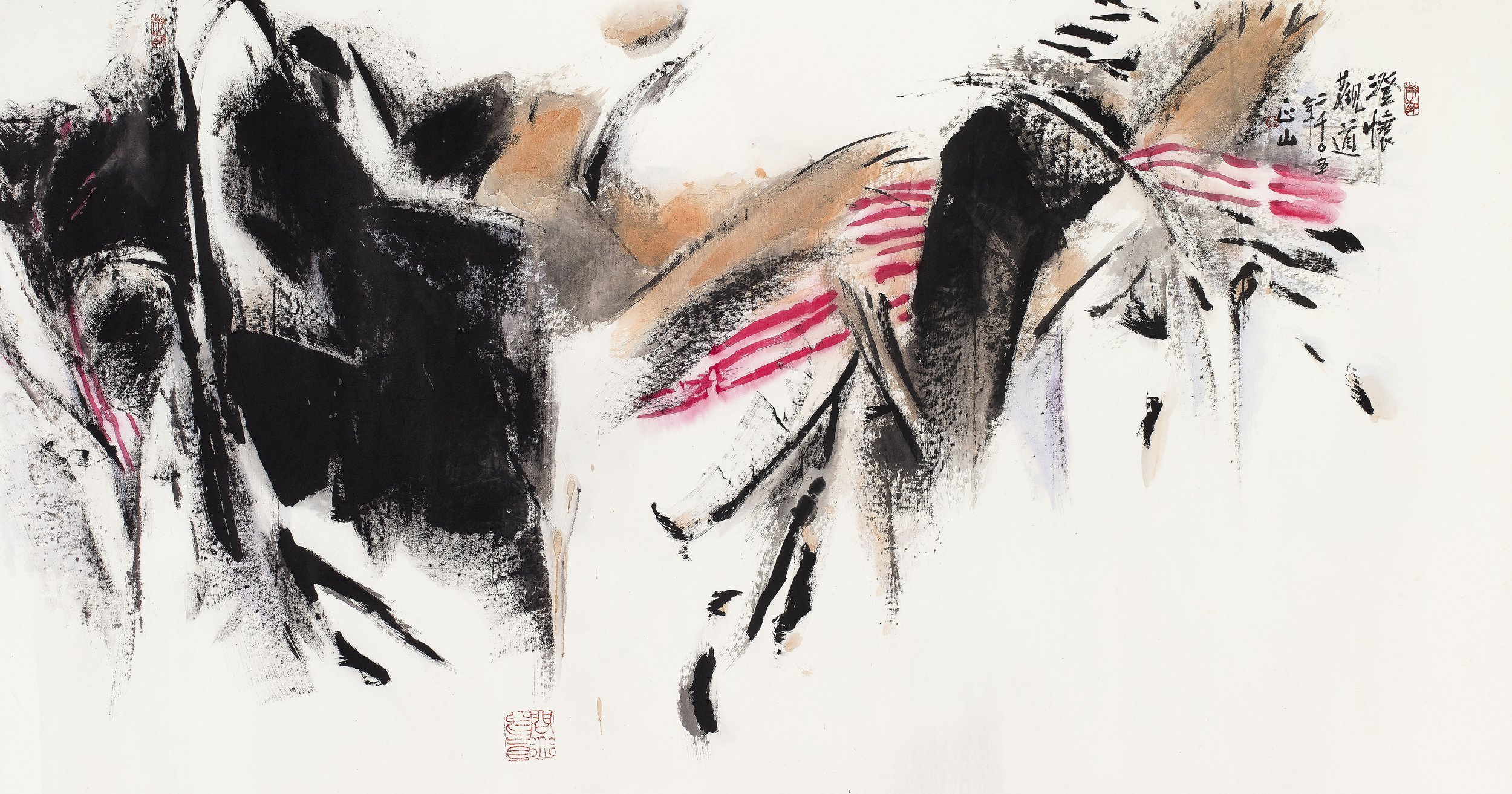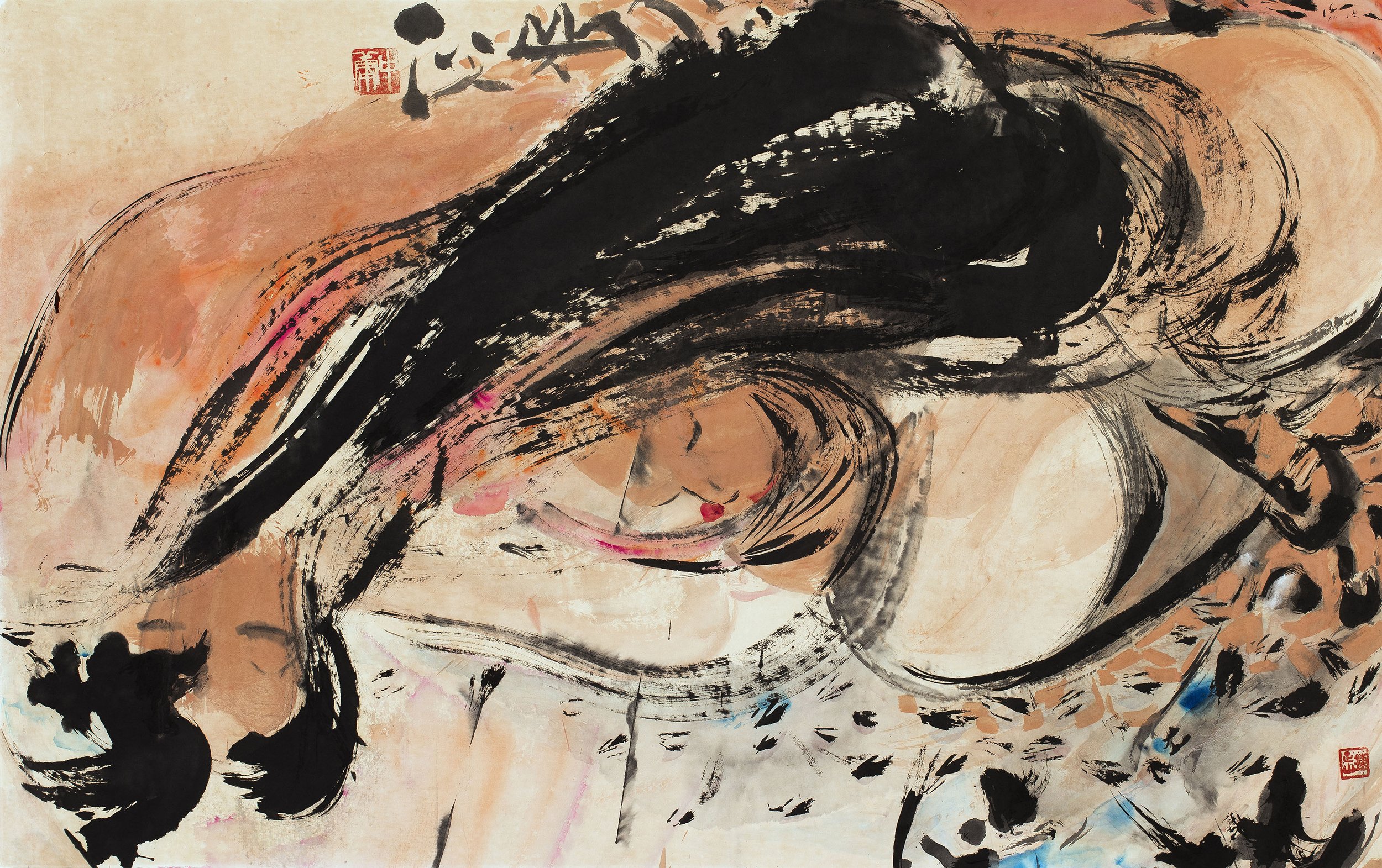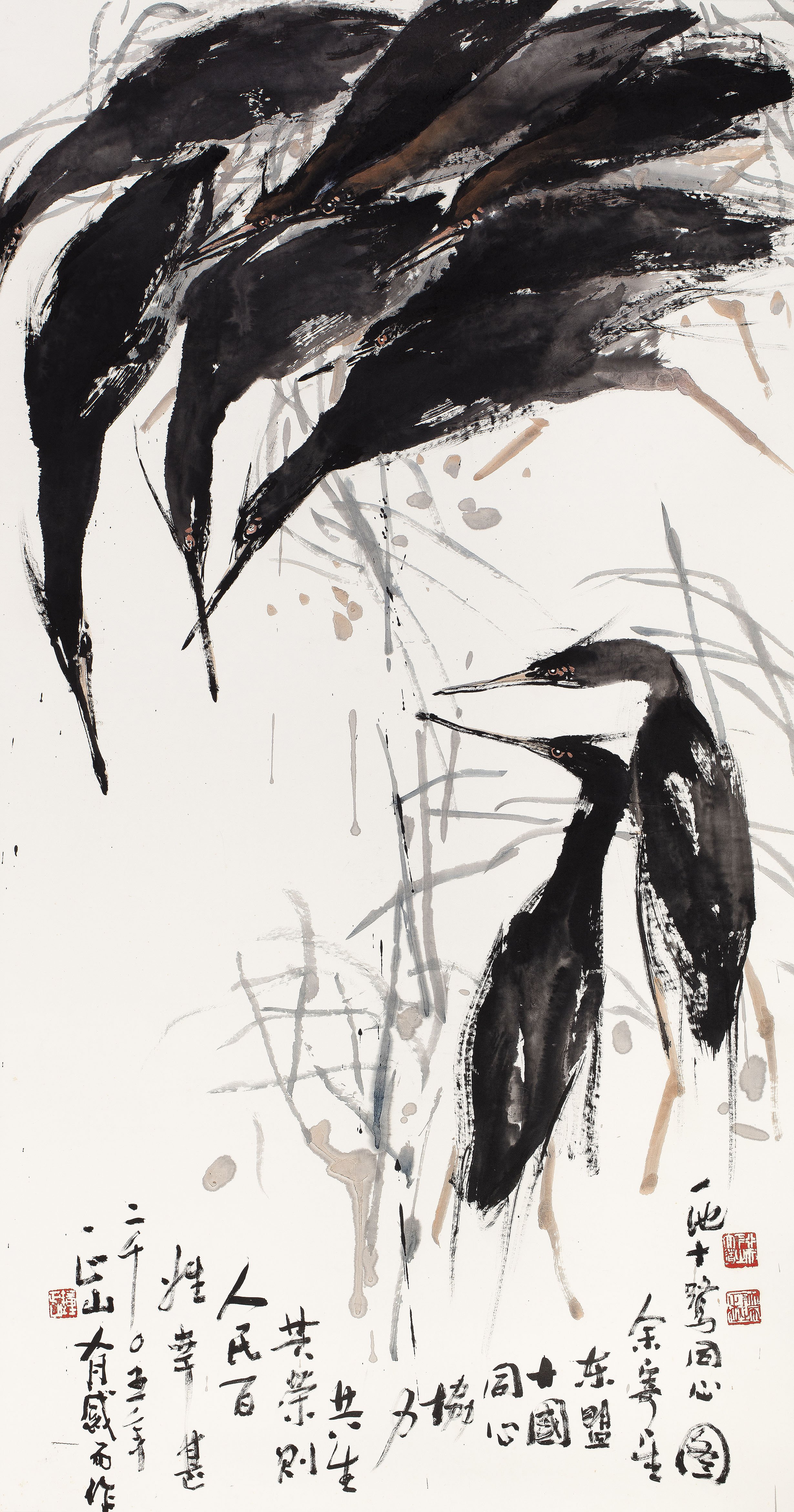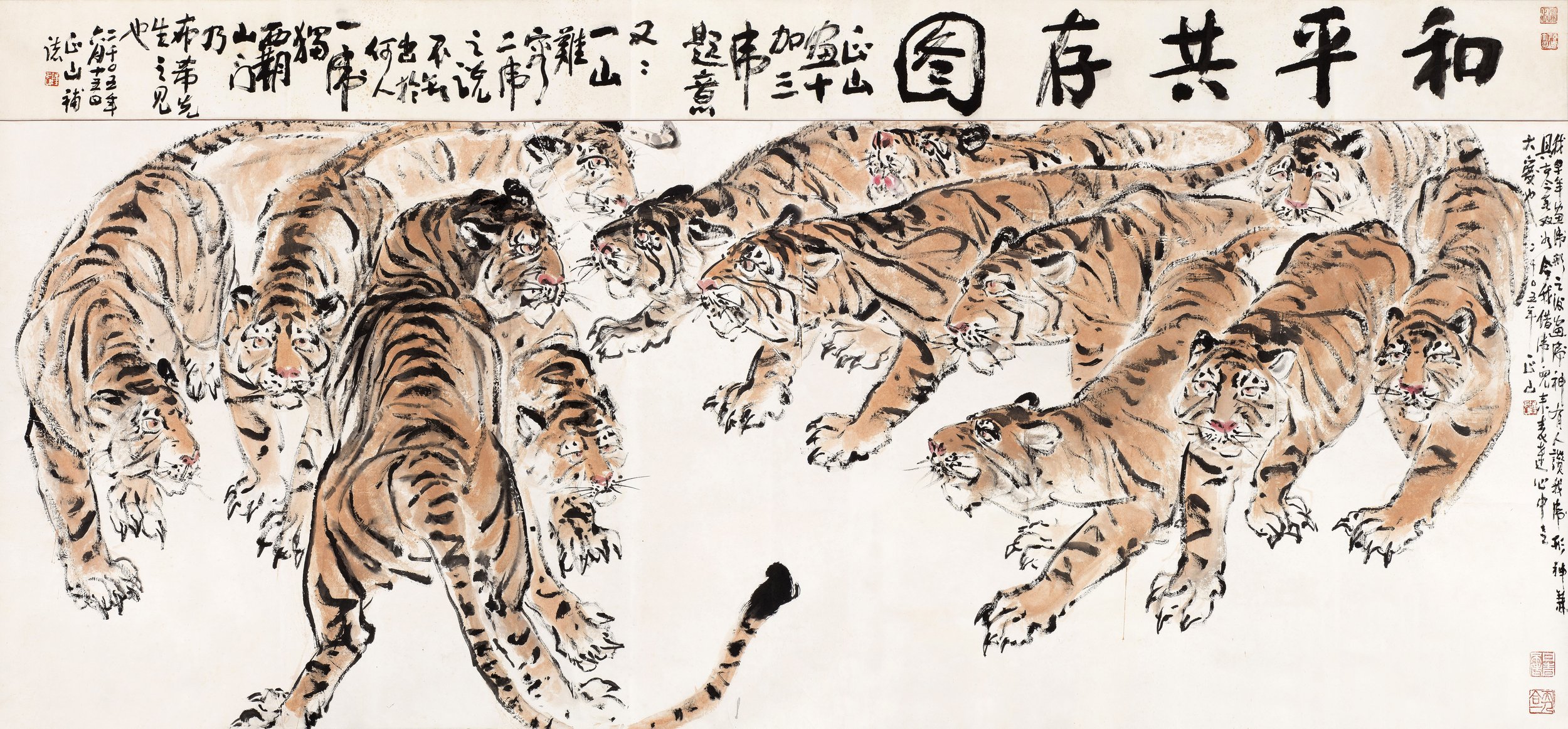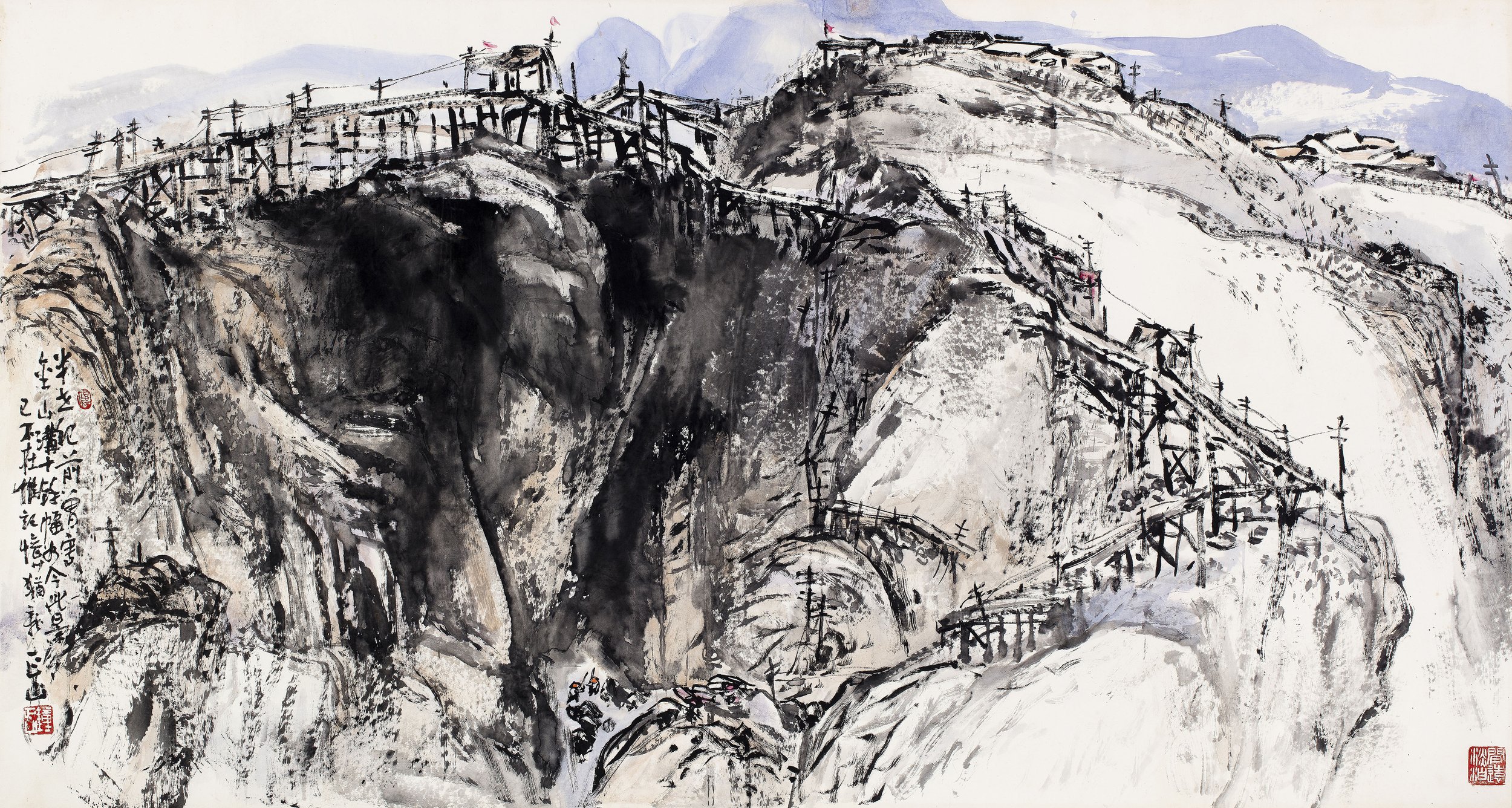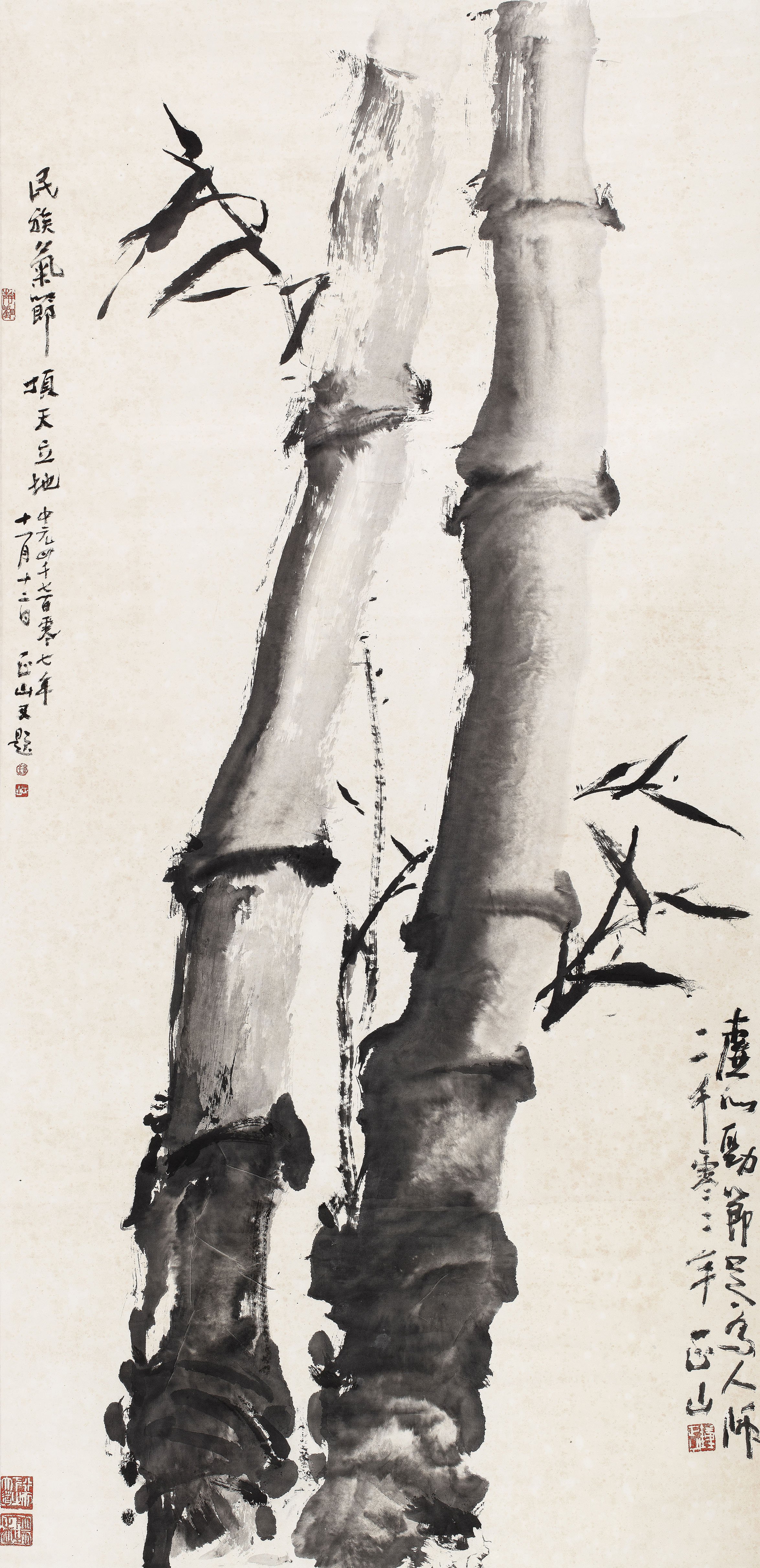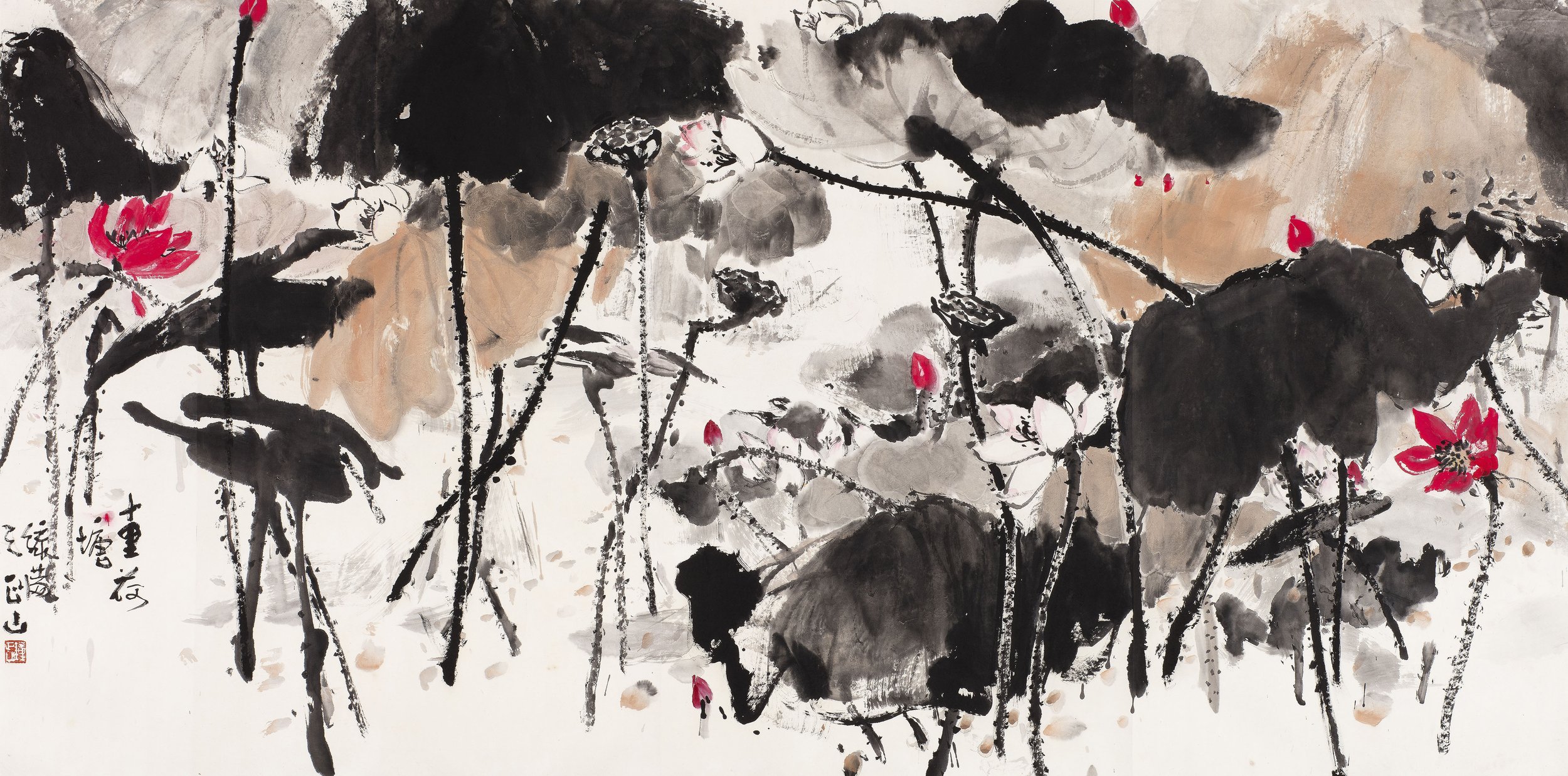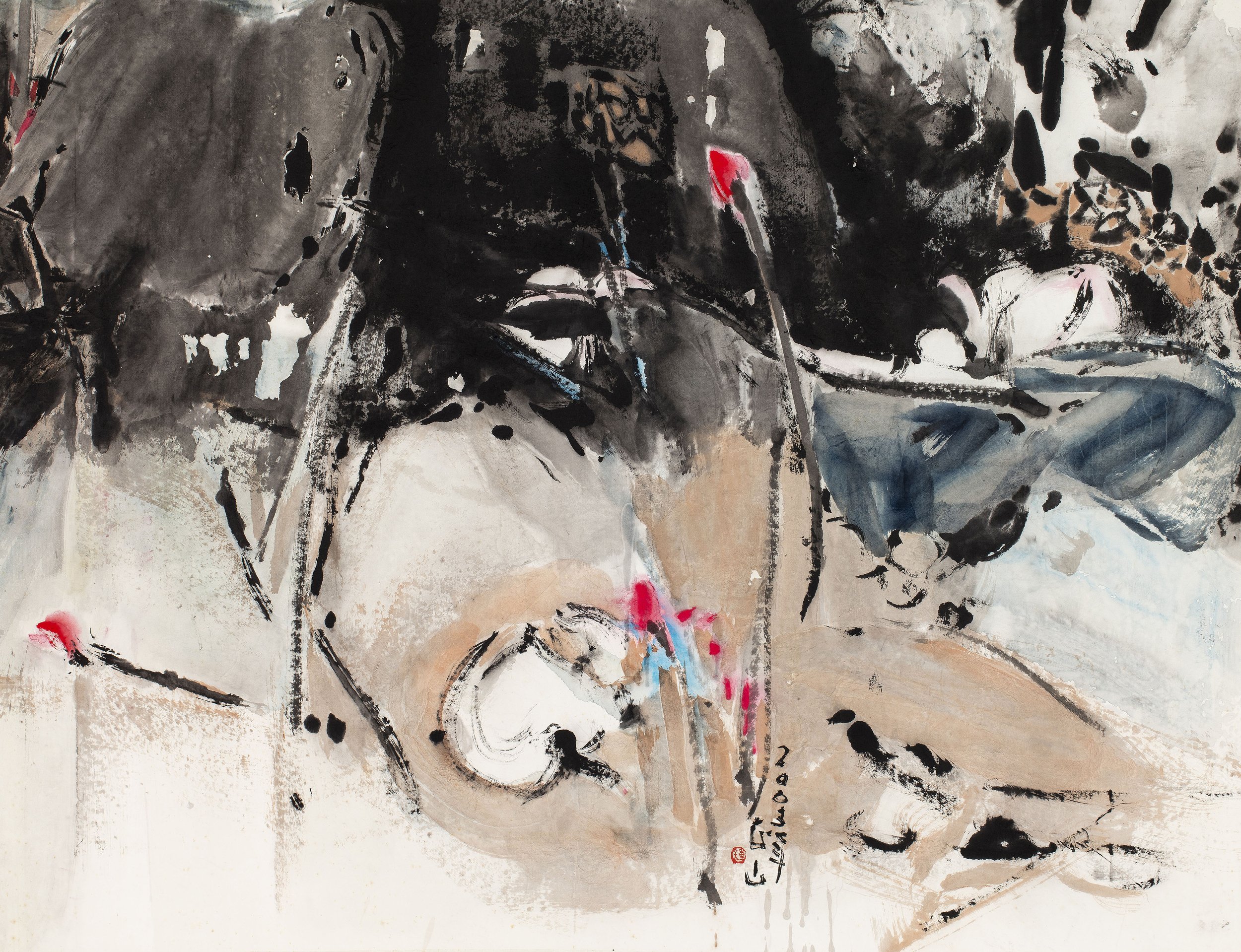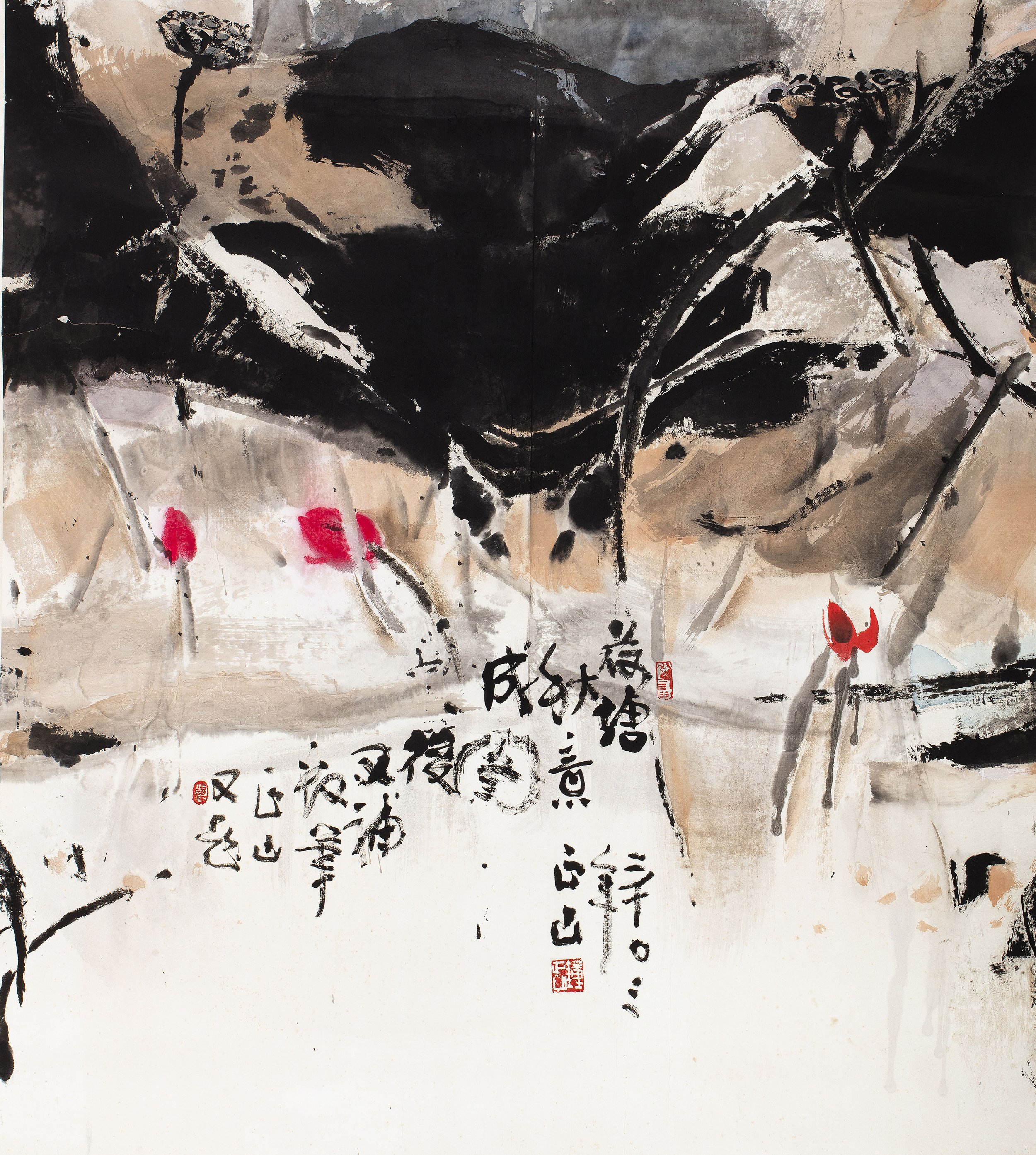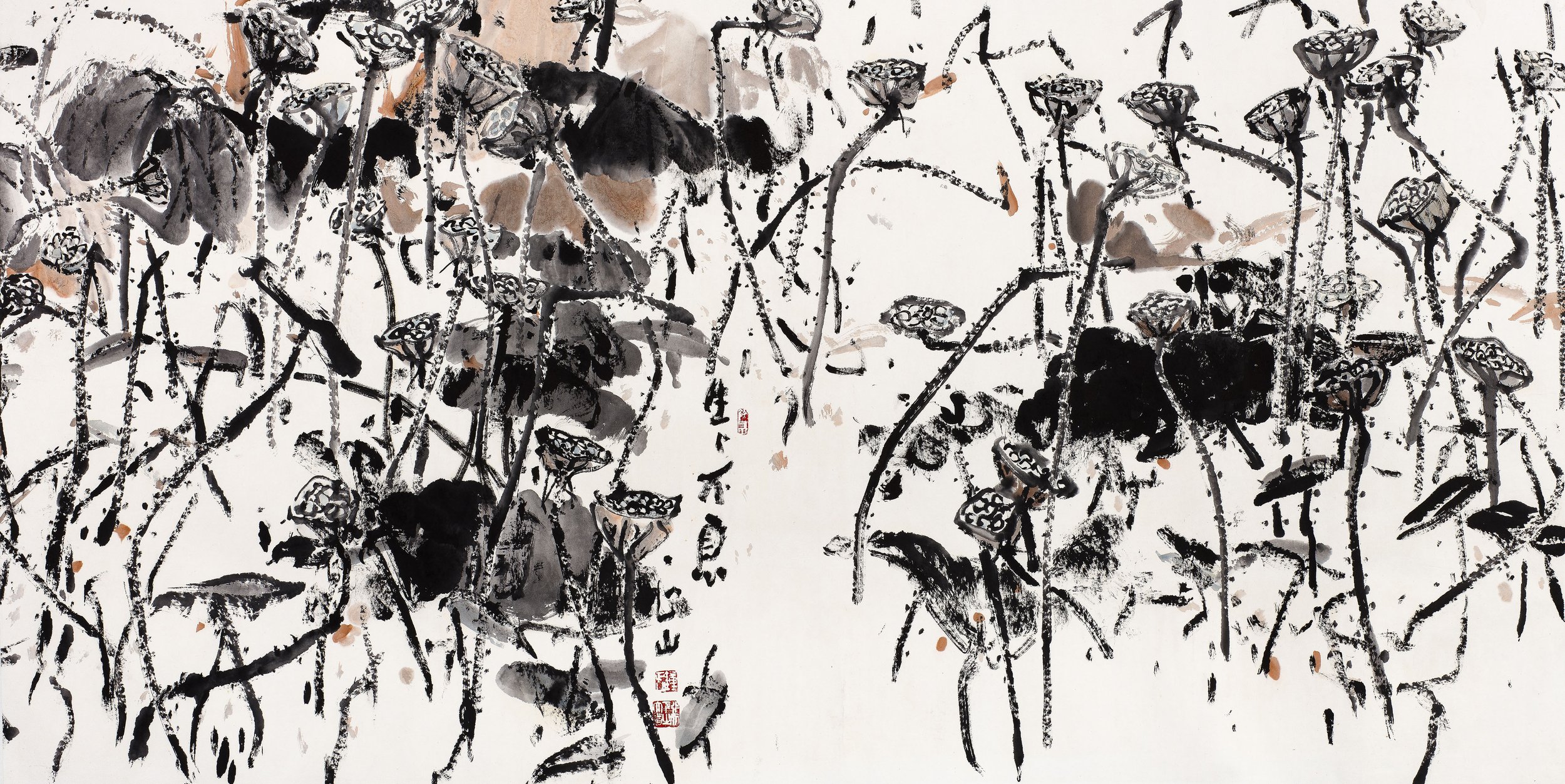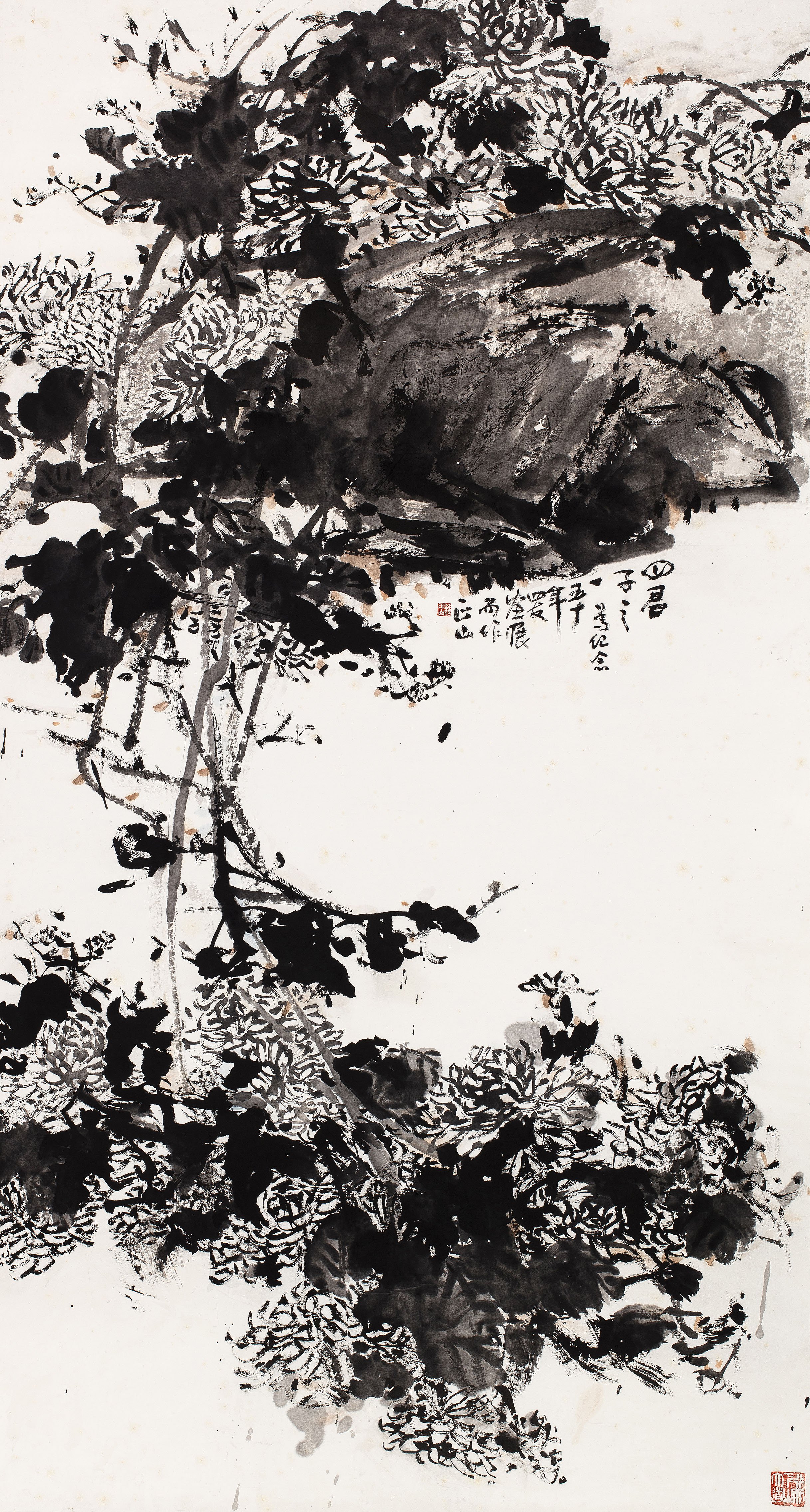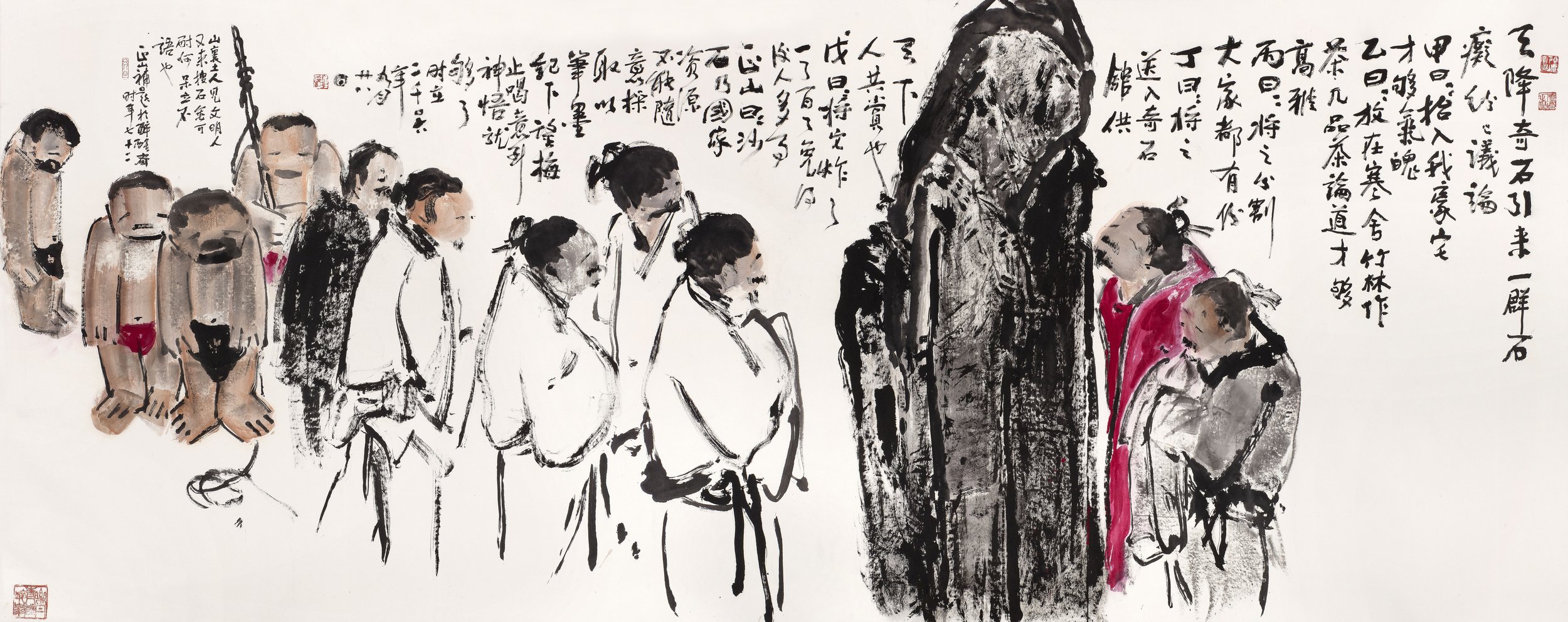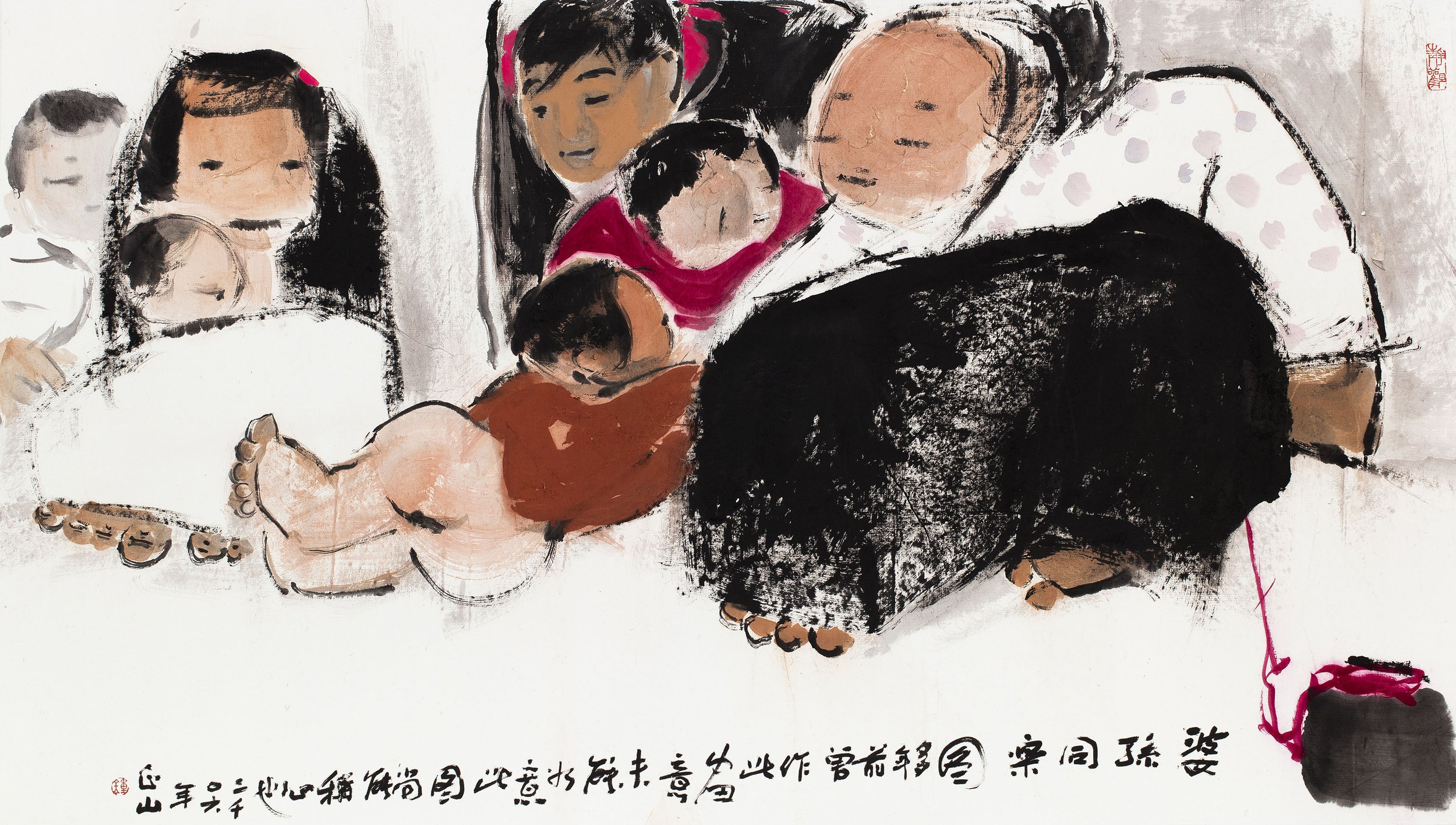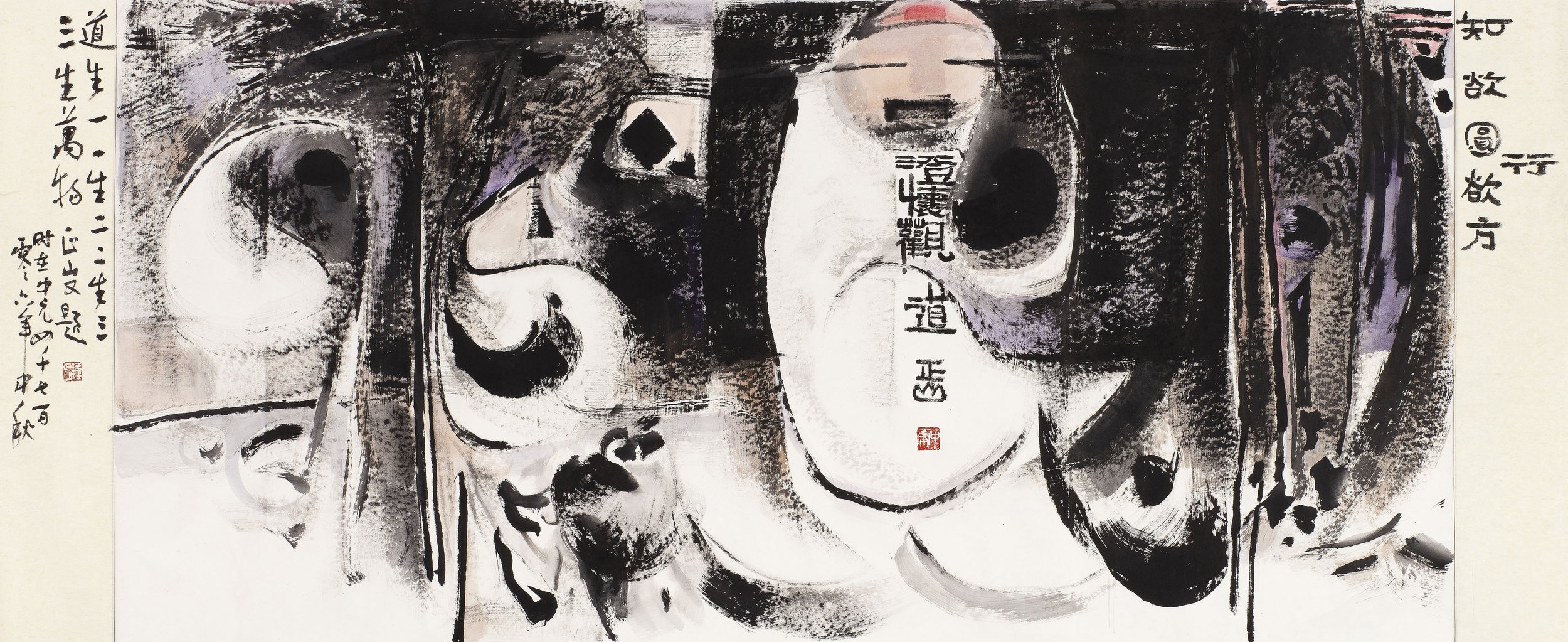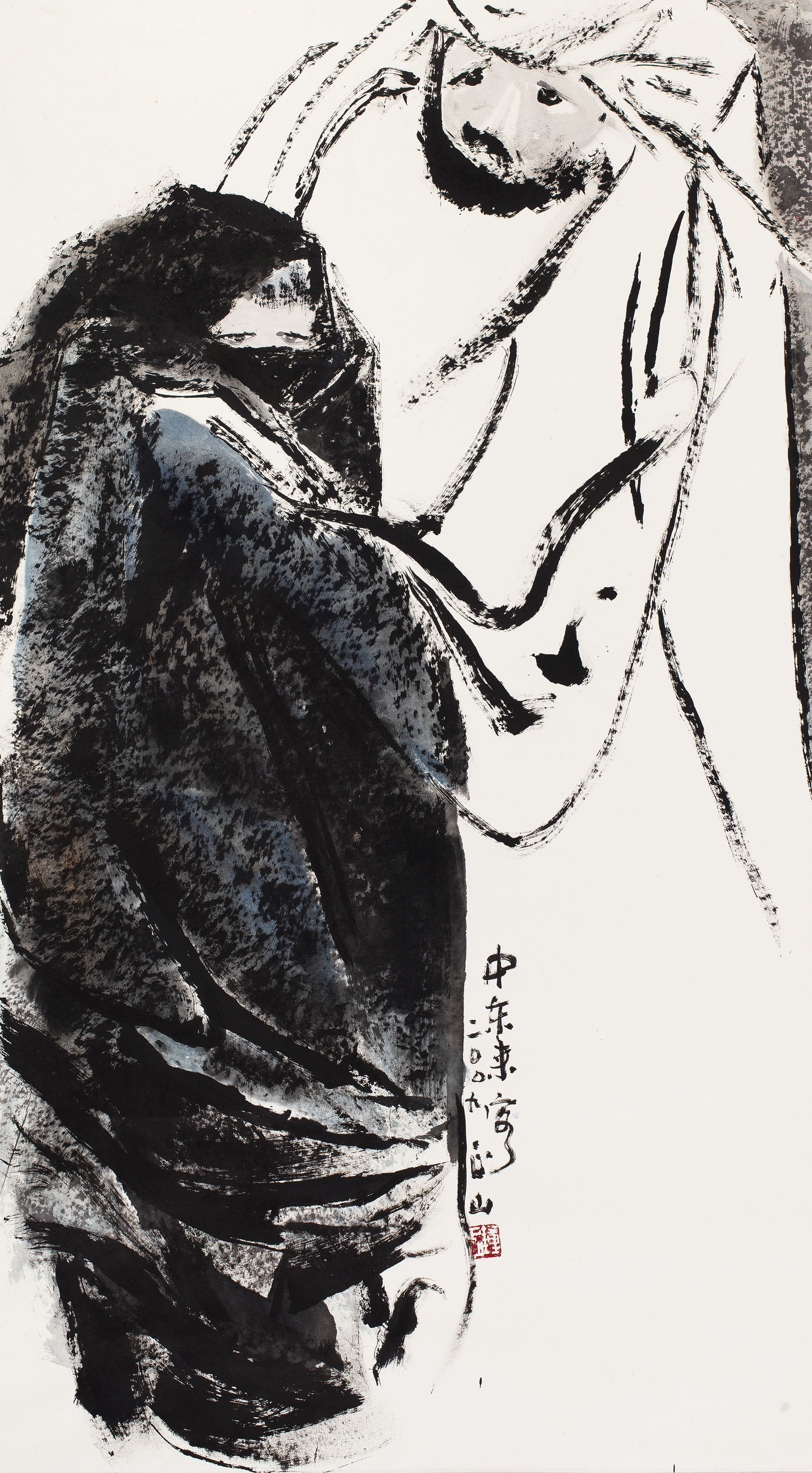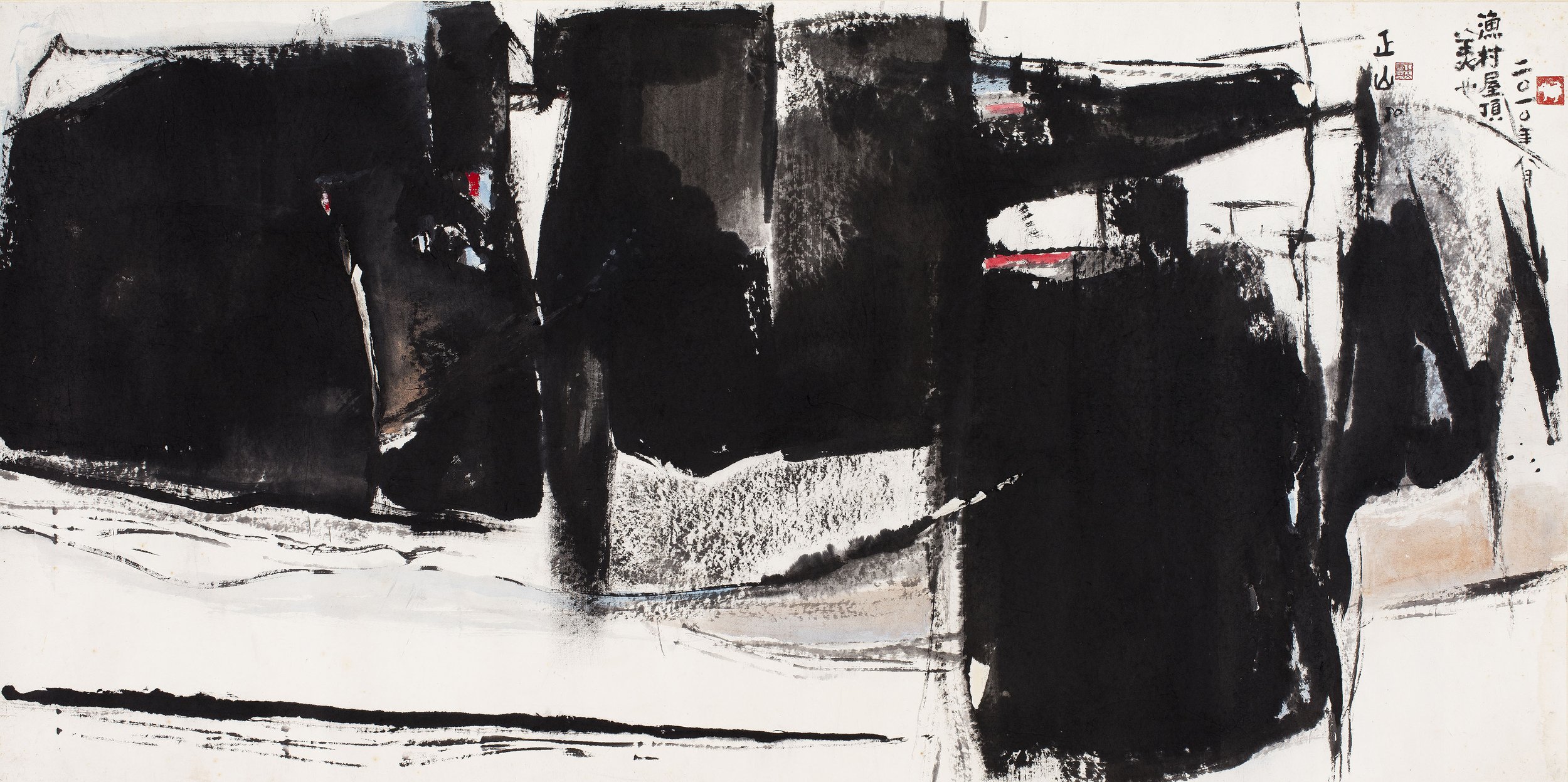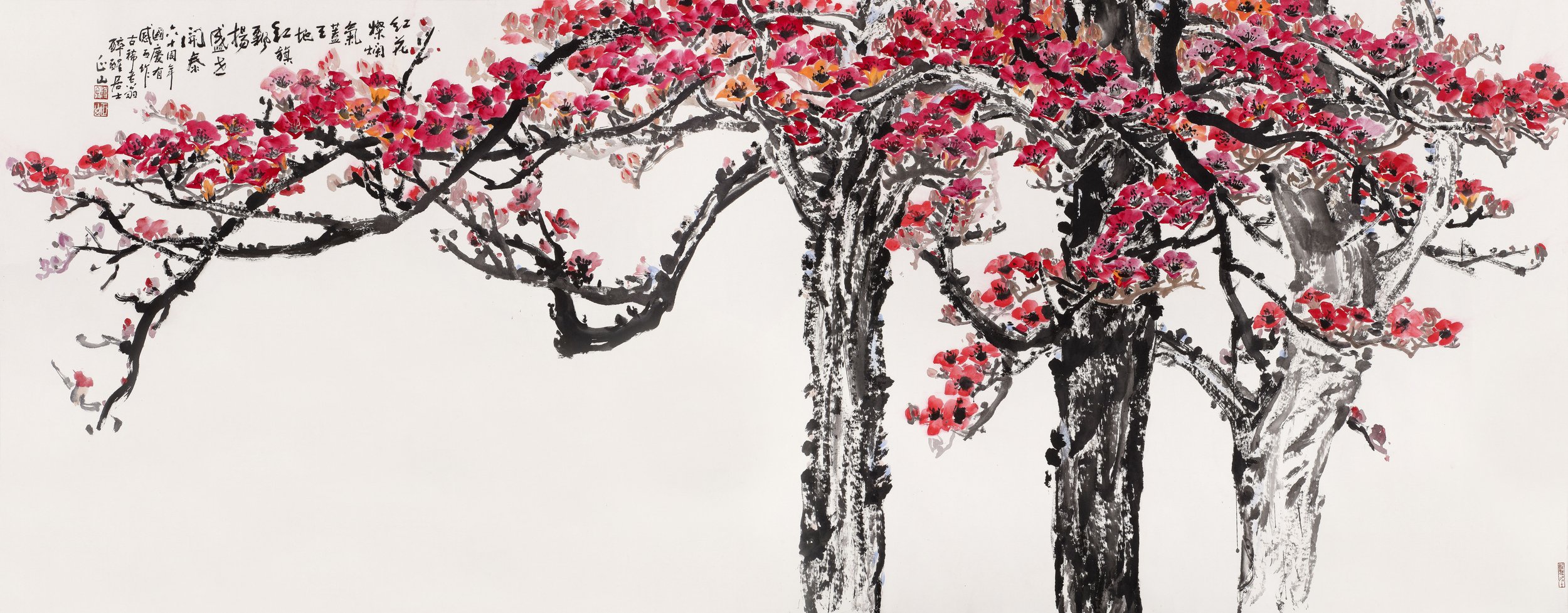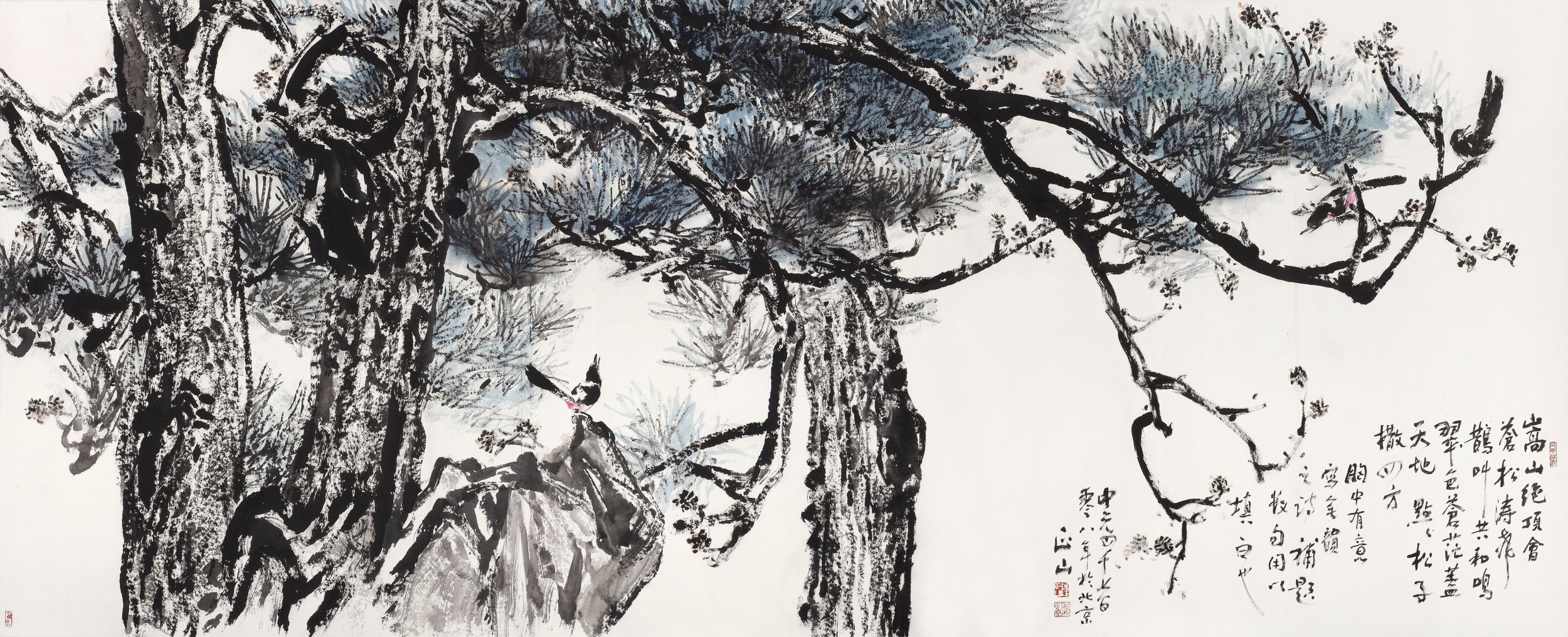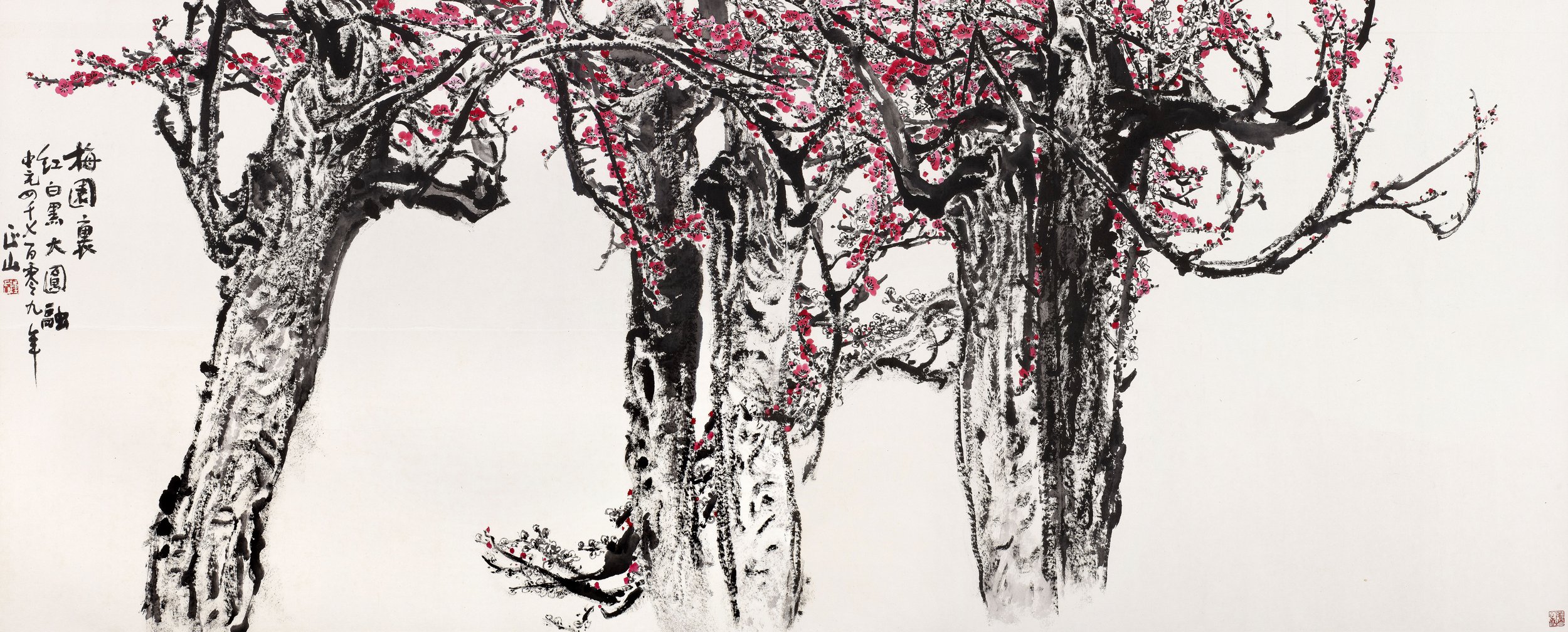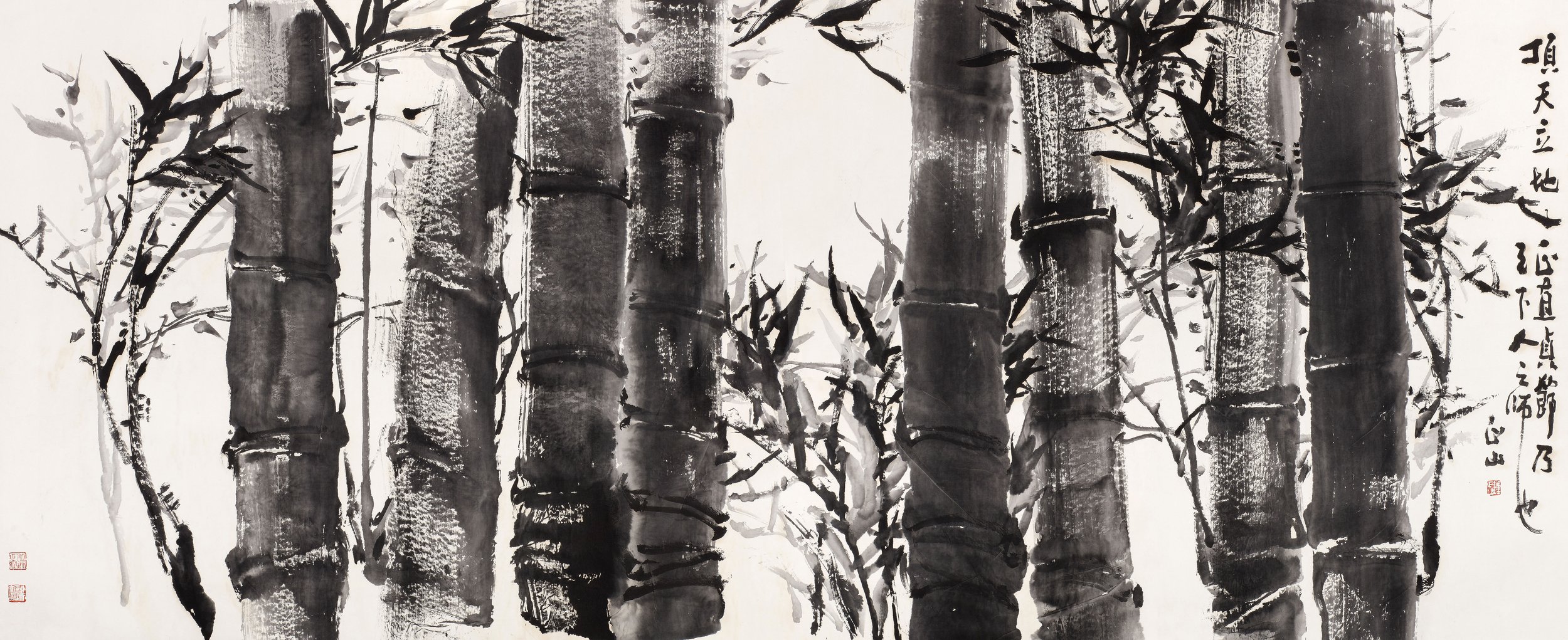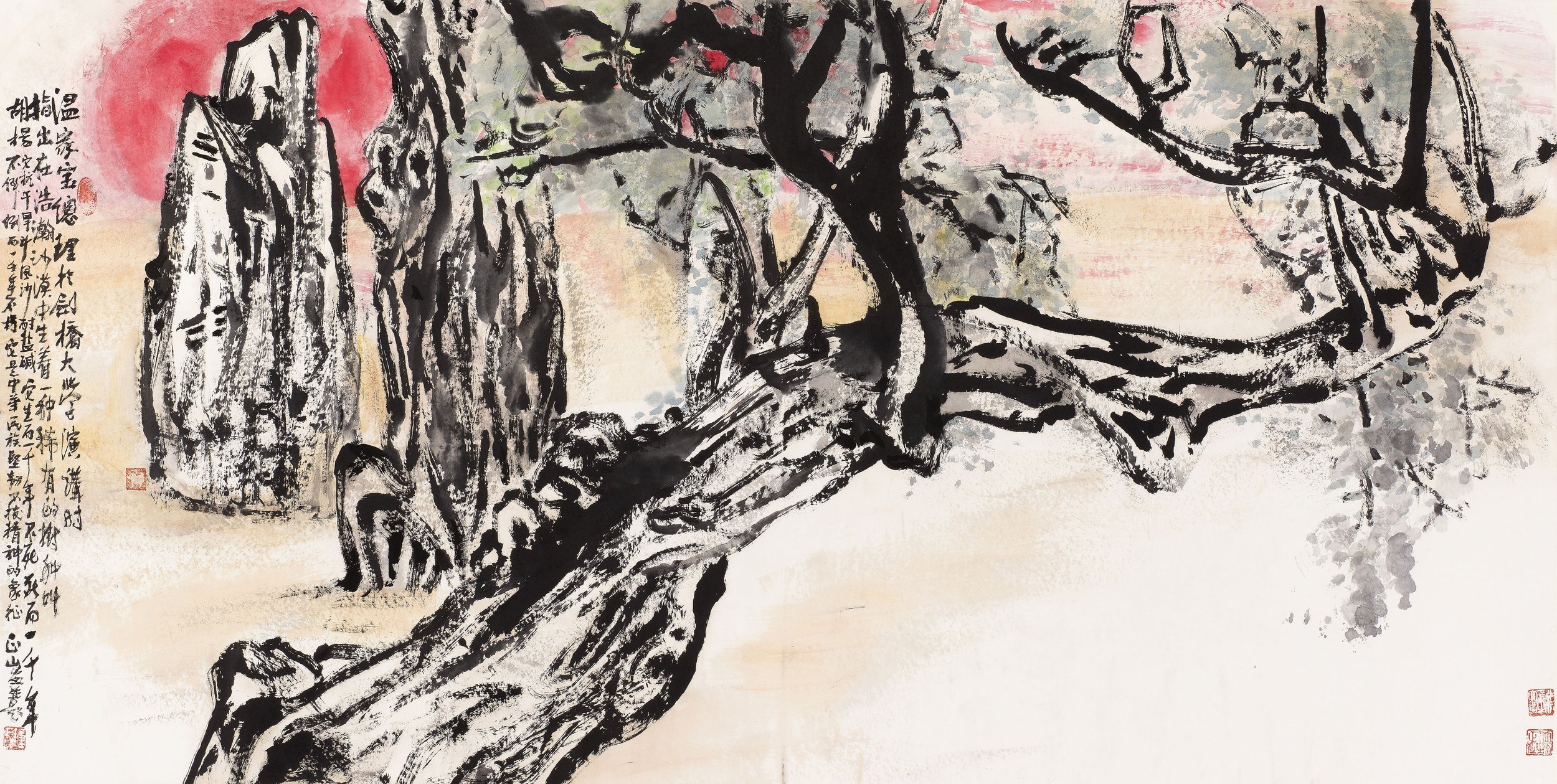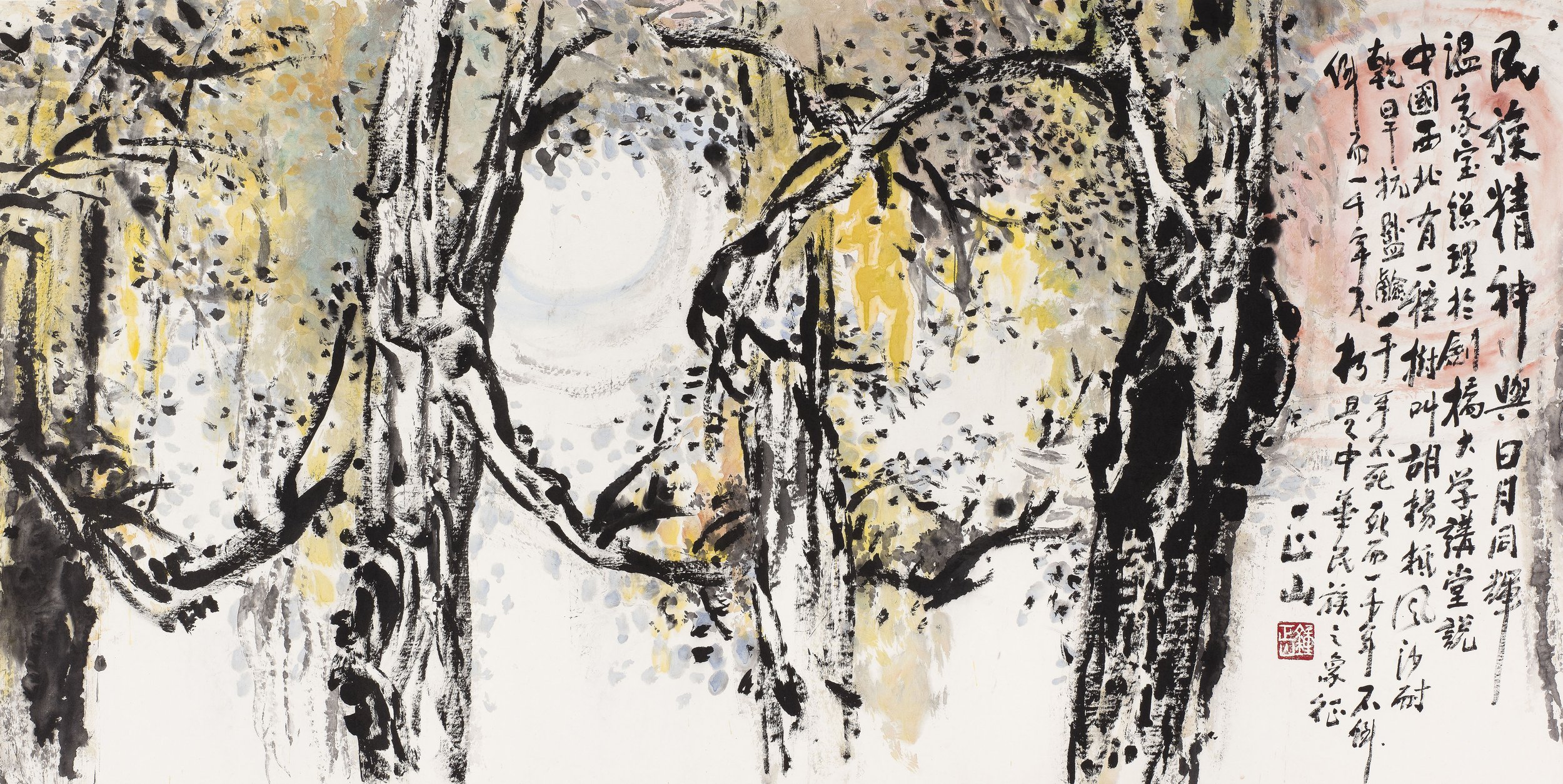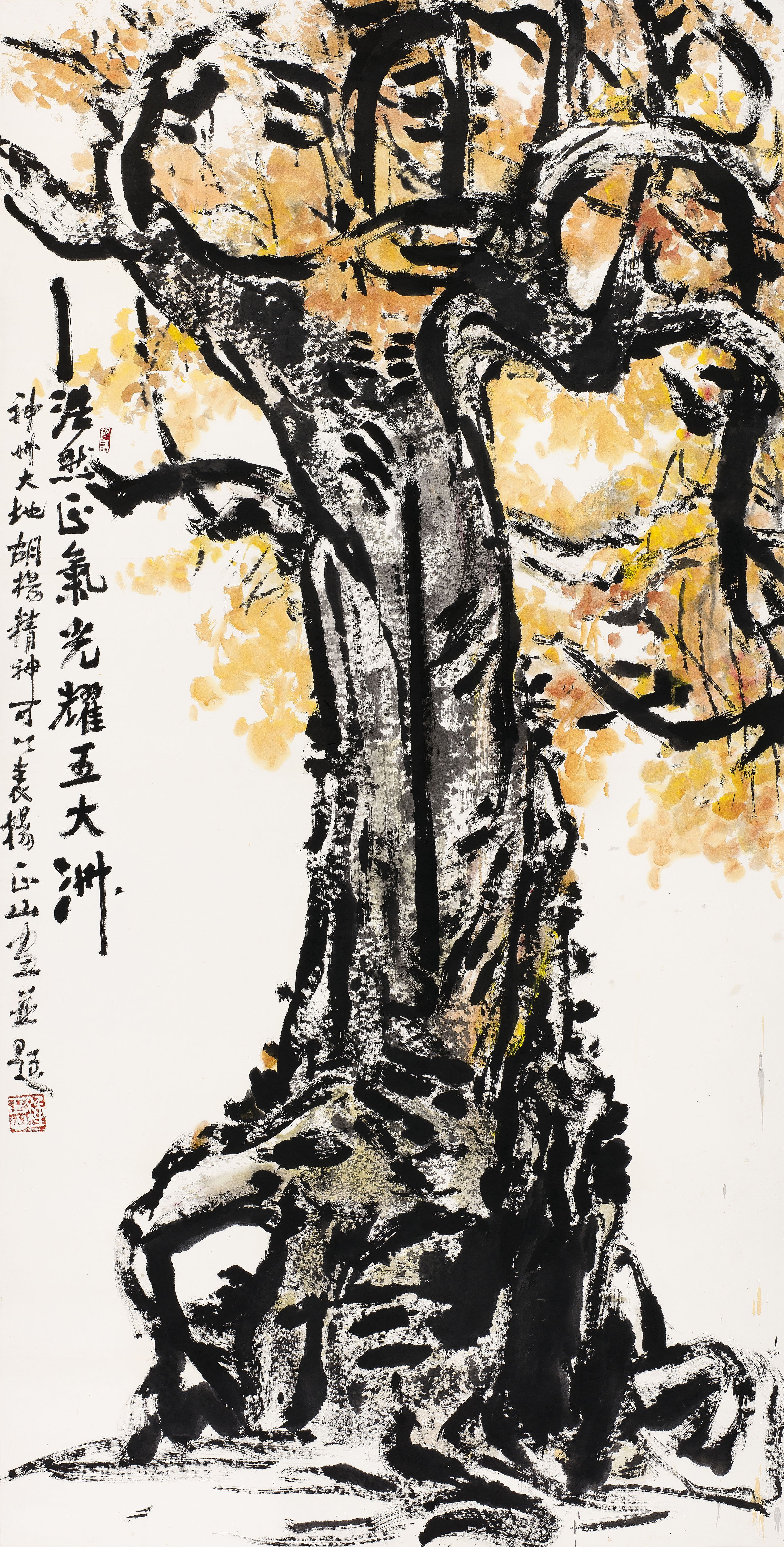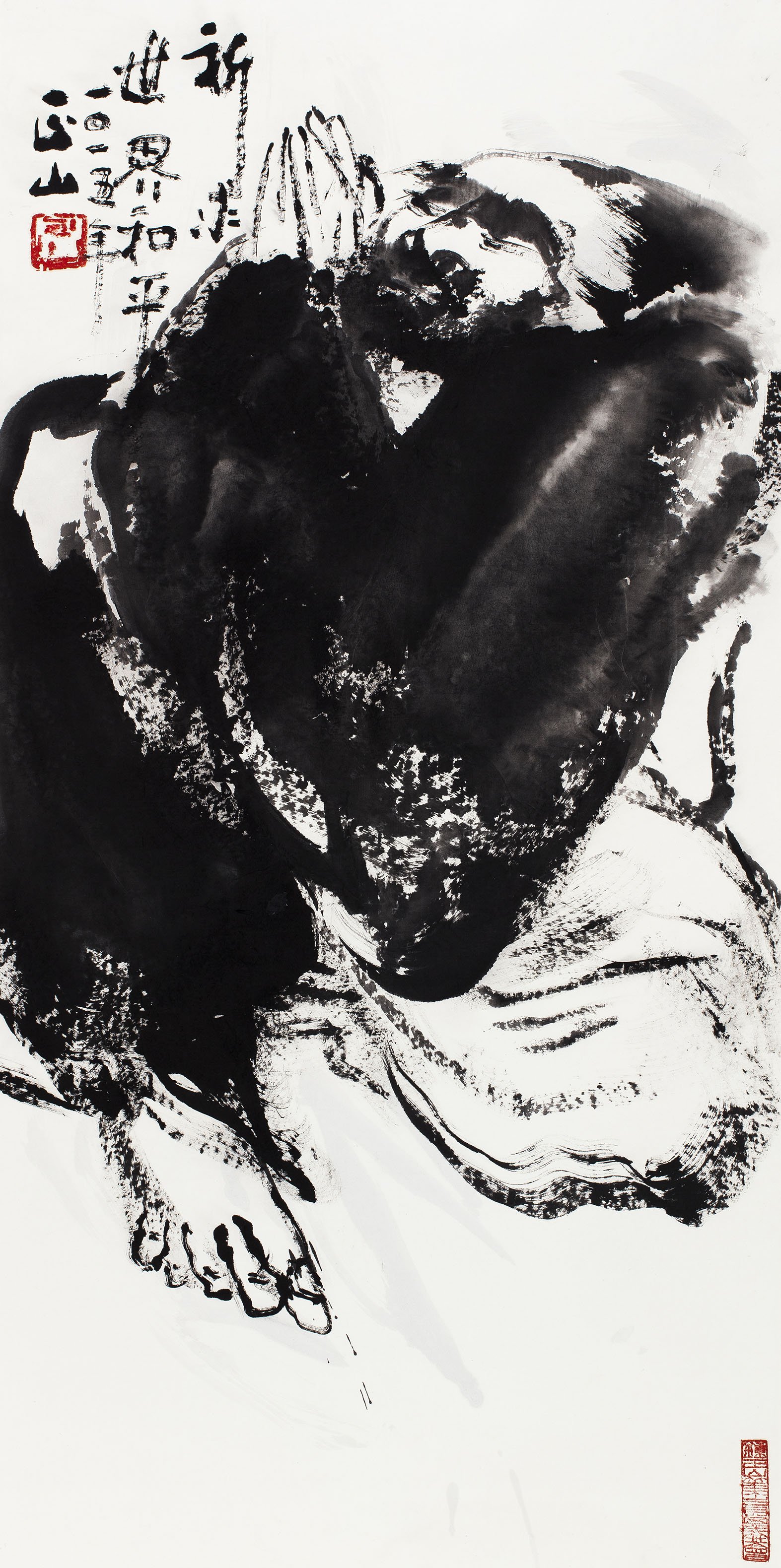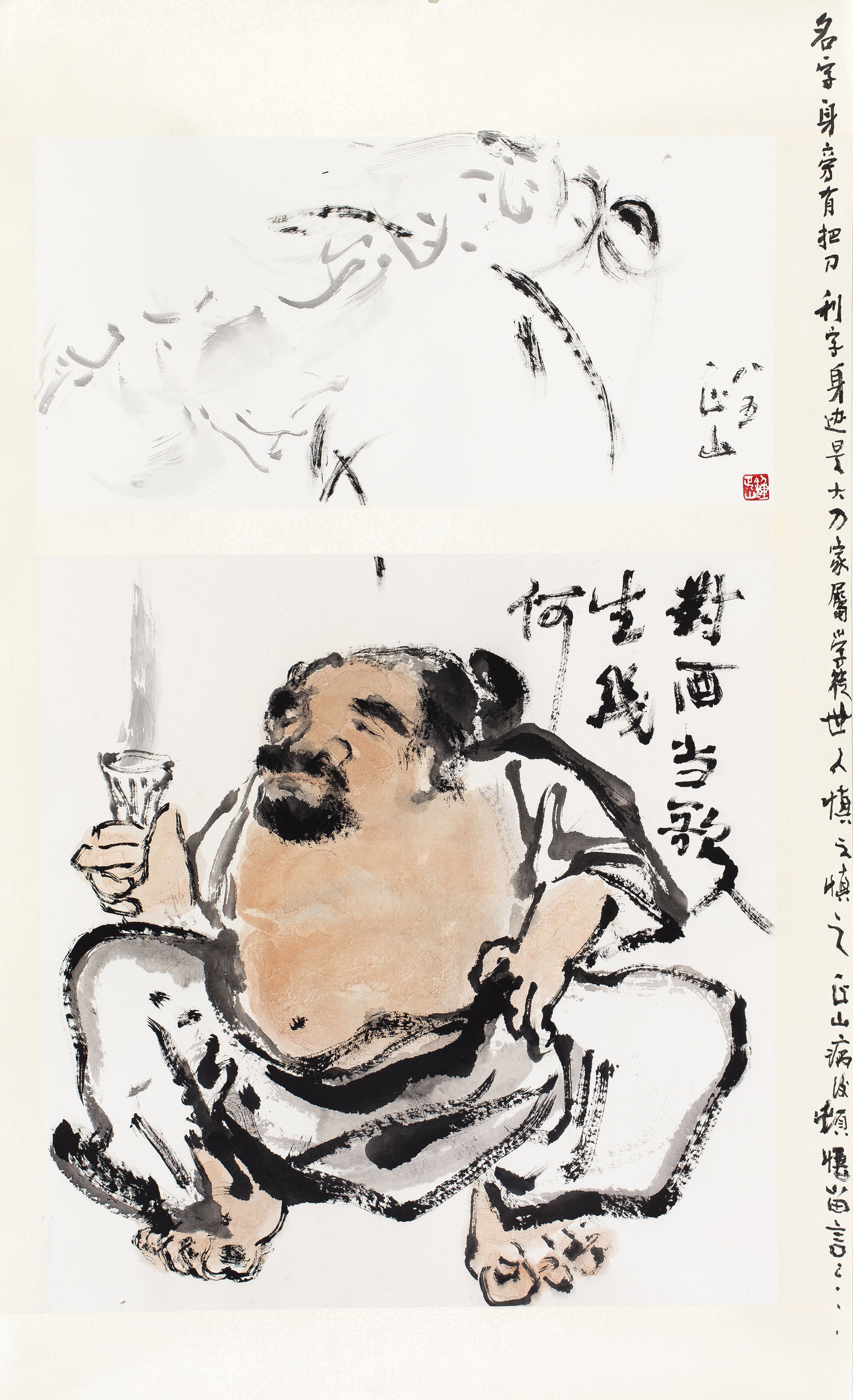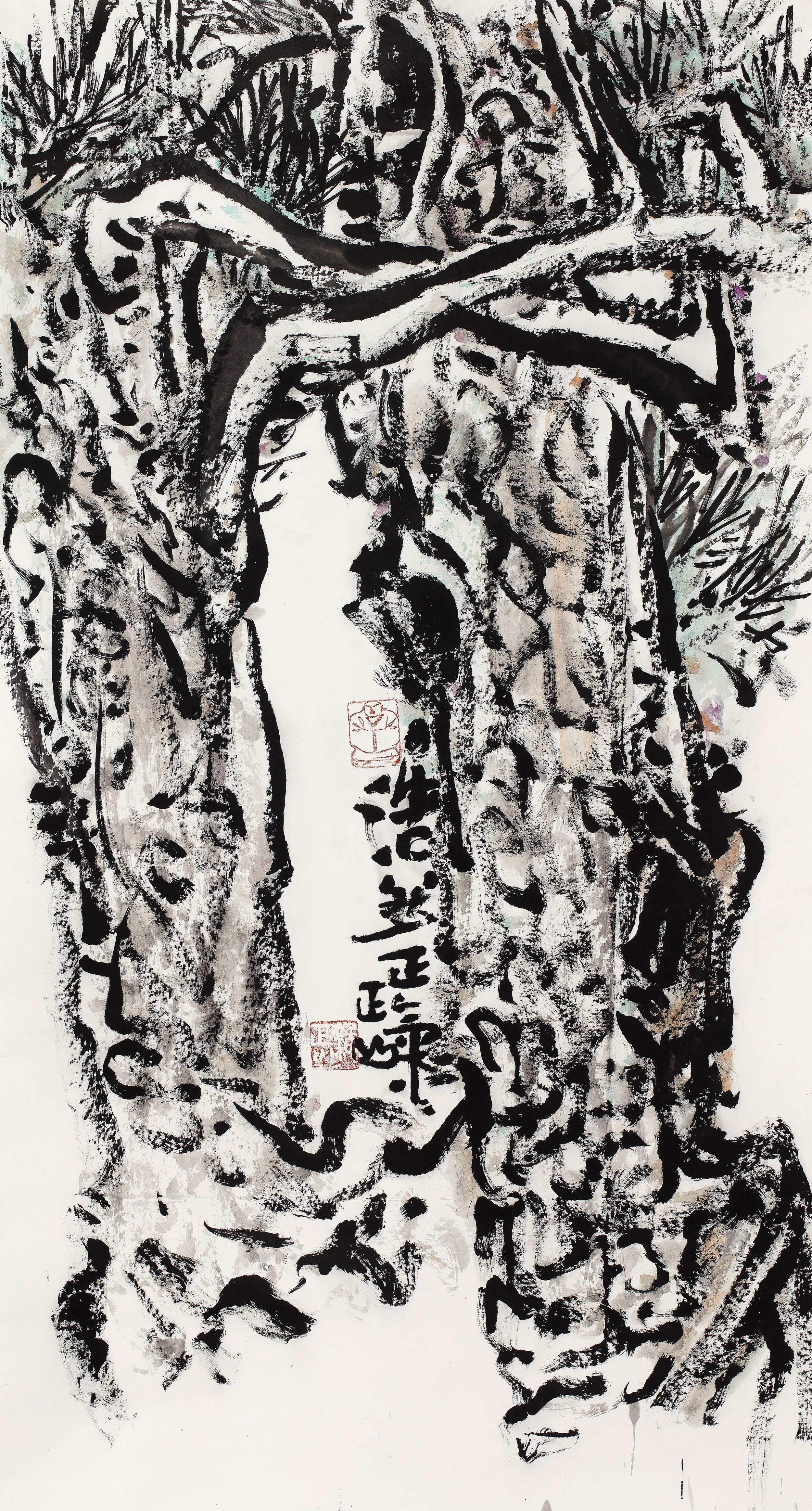“Chinese painting goes beyond art, seeking harmony between spirit and the universe to achieve truth, goodness, and beauty.”
— — Chung Chen Sun
Born in 1935 in Malacca, Malaysia, he is the founder of the Malaysian Institute of Art. He established five art academies in Malaysia and China, making significant contributions to modern art education in both regions.
He is the initiator of the International Modern Ink Painting Association.
He serves as a council member of the China National Academy of Painting as well as a specially appointed researcher at the Chinese National Academy of Arts.
His works were selected for The 30th Anniversary of the China National Academy of Painting: Dawn in the East, Volume 1: Chinese Painting Collection.
He is regarded by the academic community as the "Father of Modern Art Education in Malaysia" and the "Father of Modern Ink Painting in Malaysia."
Events
4 March to 1 September 2025
The *Chung Chen Sun Archive Project Exhibition* introduces and revitalizes the legacy of Chung Chen Sun as a prominent ink painter and influential art educator in Malaysia. This exhibition showcases artworks alongside various archival materials such as photographs, sketches, newspaper clippings, old catalogues, and interviews, providing an in-depth insight into his creative process and life. His contributions are also highlighted, particularly as the founder of the Malaysian Institute of Art (MIA), Malaysia's earliest art institutions.
The exhibition will be opened from *4 March to 1 September 2025* at the Portrait Gallery, National Art Gallery.
Entering the Artistic World of Chung Chen Sun
Inheritance and Innovation
1955 – 1980
The Period of Traditional Heritage and New Artistic Trends
Chung Chen Sun's early style was rooted in tradition, mastering realistic techniques in sketching and oil painting while excelling in both meticulous and freehand ink painting. His strong foundation in both Chinese and Western art laid a solid basis for his future work in modern art.
In the late 1960s, he was invited by the governments of Germany, the United Kingdom, and the United States to study modern art education. He was deeply inspired by the educational philosophy of the Bauhaus School, which emphasized rational and rigorous visual training to reshape the way of observing the world. This influence led him to adopt bold forms and compositions in his work. Additionally, his observations of the creative potential of children while teaching in kindergarten greatly fueled his artistic inspiration.
1980 – 1995
The Period of Formation of Modern Artistic Style (Peak of Artistic Creation)
With the introduction of new elements, it was inevitable for Chung Chen Sun to reform modern ink painting, which also extended his work in modern art education. During this time, his active involvement in international art exchanges and conferences had a significant impact on him intellectually, knowledge-wise, and visually. Combined with his solid foundation in painting, his creative energy erupted, allowing him to express whatever came to mind. His work during this period mainly focused on semi-abstract and abstract styles, using variations of dots, lines, shapes, and colors to create visual effects. This period marked the peak of his artistic career.
In 1981, Chung Chen Sun was appointed as a visiting professor at the Department of Fine Arts at Chinese Culture University in Taiwan. He co-founded the International Modern Ink Painting Association and the Asia-Pacific Art Education Conference (ASPACAE) with Guan Zhizhong, promoting the modernization of ink painting. Their mission was to:
Use Eastern cultural thought as the foundation for artistic creation, integrating modern societal ideologies to create a new style of ink painting and develop new artistic resources.
Promote research, exchange, and observation of modern ink painting among artists, helping to raise public awareness of modern ink painting.
1995 – 2005
The Period of Consolidation and Development of Modern Artistic Style
During this period, Chung Chen Sun emphasized the integration of humanity and nature, seeking a harmonious balance between spiritual beauty and natural beauty, ultimately achieving the unity of beauty and goodness. Grounded in Eastern traditional painting, he combined modern artistic principles to express the vastness of "Heaven, Earth, and Humanity" with grand energy. This was a key period for consolidating and developing his modern ink painting style. His works advanced a new, rational approach to modern art with fresh imagery.
He said, "I have never abandoned the process in between—between what is and what is not. Although I often feel that 'the melody is too high and few can sing along,' art is a continuous exploration, regardless of others' appreciation abilities." At 70, he believed, "A person is limited when creating based on known principles, but if one follows the grand law of Heaven and Earth, every grass and tree in nature becomes a teacher."
During this period, the shapes in his works were simplified to the point where dots, lines, and surfaces merged as one. The colors were bright and rich, reflecting the artist's pure nature and profound humanistic cultivation. The abstract forms in his paintings represented his pursuit of "truth, goodness, and beauty" in art. His works reflect both the tropical charm of Nanyang and the sentiment of "Heaven and Earth are one with me." Everything exists "between what resembles and what does not resemble."
2006 – 2014
The Period of Unity Between Heaven and Humanity, Where the Brush Follows the Intention, Achieving Harmony and Integration
In the face of 21st-century global conflicts and social instability, Chung Chen Sun’s pure heart was stirred, and he turned to artistic creation for solace. He believes that Confucianism’s Ren Dao (the Way of Benevolence) represents the highest realm of art, and that "truth, goodness, and beauty" are the highest ideals in human society’s aesthetics. Deeply influenced by Confucian thought, Chung focuses on world peace. His works, in terms of composition, theme, and content, express core values such as "Unity of Heaven and Humanity," "Harmony as the Highest Virtue," and "Wholeness and Harmony."
Through his art, he protests against Western hegemony and praises the essence of Eastern peace culture, asserting that only the harmonious integration of diverse ethnic cultures and religions can serve as the foundation for building a harmonious world. Chung Chen Sun said, "I use my paintings to express harmony and wholeness, and to call for world peace. This is my historical mission as a painter."
After 2015
The Period of Development of Modern Art Symbols
Chung Chen Sun is an artist highly attuned to the changes of his time. His works are an externalization of his humanistic thoughts and emotions, reflecting his inner feelings and forming key elements of his modern artistic language. After turning 80, his creations became even simpler. What might appear as objects are actually more like symbols. The mountains he paints move from form to formlessness, embodying the relationship between existence and non-existence. His brushwork has become more refined and controlled, with a freer, more expressive flow. This is similar to Laozi’s saying: "Vague and indistinct, within it, there is an image," or perhaps "The great image has no form, returning to simplicity and truth."
His depiction of bamboo no longer shows complete bamboo or leaves; instead, his creative thinking has shifted to using symbols to tell the story of bamboo. The painting presents more abstract, organic shapes, along with lines. The lines of bamboo roots symbolize Heaven, Earth, and Humanity, representing the unity of heaven and humanity. The lines on the bamboo stems represent the symbol of the universe, suggesting that all phenomena are one in the cosmos. His father, who spent over half a century loving and painting bamboo, has now evolved from traditional representation to expressing bamboo through symbols, giving a comprehensive tribute to this subject.






